Can you ride a horse with just a halter?
Oct 19, 2023 | Super Equestrian
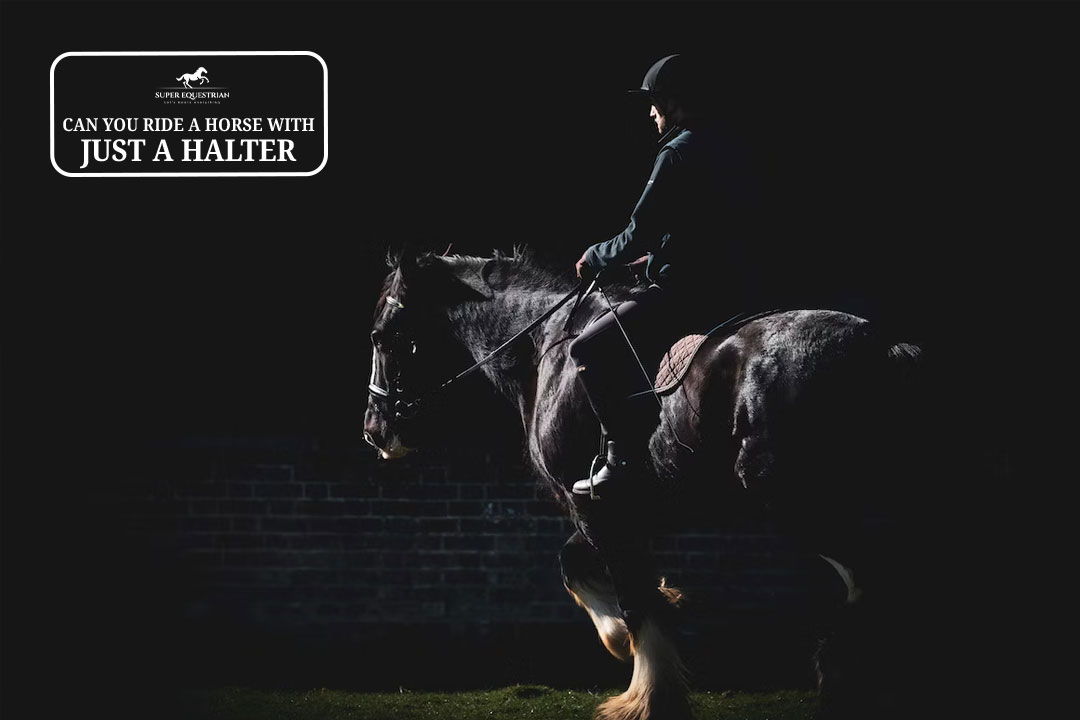
Suppose while riding a horse on a green horizon, suddenly a question came to your mind,
“Can I ride a horse just by using a single halter ?”
Yes, you can ride a horse with just a halter. This technique is called one-rein riding. You can simply ride your horses without using any bridle or bit. Though it is a bit tough and tricky to handle your horse with only a halter and lead. But despite being hard, a few days of practice can help you to master this technique.
Most of the time, riders use bridles, bits, reins, and halters to lead them in the direction. That equipment helps them to ride efficiently and comfortably. Riding a horse using only a halter is tough but not impossible. It can be a great strategy to prove yourself as a skilled rider and know all the possible ways to handle your horse's movement.
You may wonder how to train for this strategy and what precautions you must take before riding.
Let's take the reins and ride!
The Basics of Riding with a Halter
When someone climbs the stairs, they use a handrail that is attached to the staircase. Because this handrail acts as a support and prevents you from falling. Same goes for a halter. It helps you hold onto something like a staircase handle. As well as driving the horse in a right direction.
So, what is this halter? A halter or headcollar is a rope or strap that is placed around the horse's head. It can be used on any pack animal or livestock. Basically, riders use this halter to tie horses with reins and leads. Some people get confused with the concepts of bridle and halter.
The main difference between a bridle and a halter is the way how it is used. Any person like the owner, keeper, or rider uses this equipment to bind animals or lead them on the ground. In contrast, only riders use bridles for riding or managing an animal according to training.
Riding horses with a halter has potential benefits. It allows riders to gain control over horses' directions as well as get their attention. Using a rope halter is better and more comfortable for horses than a chain. This strategy aids riders to increase communication and understanding with their horses.
According to the halter movements, the horse can understand which direction you want to go. It is a great way to communicate with your equine. “Hey, go to the right!” turning the rope in the right direction. It helps the horse to know in which direction he is being driven.
Thus, a rider could carry on a conversation with his horse while riding. Isn't that amazing?
Training for Riding with a Halter
Horse riding with a halter can be difficult but fascinating. Proper training and practice will help you to become a master of this technique.
First of all, you need a few materials to start the training process. Such as a strong and comfortable halter, a lead rope, and an open space for the horse. It is important to confirm that they are in the right position.
Familiarize them with a lead rope that you are going to use for direction. Then start moving slowly backward and forward to get them used to this strategy. As a rider, all you need is to control the lead direction and keep balance with the rein.
Training a horse with a halter is basically about building good leadership and communication with the horse. “A good rider can hear his horse speak to him and a great rider can hear his horse whisper.” Besides, it helps to develop trust between the handler and equine.
This one-rein technique requires lots of practice and patience. Riding a horse without bridles and bits makes it hard to control their movement and direction. So keep consistency in the training process and have patience. It is a basic tack change strategy but a wonderful method to relearn all levels of fundamentals with horses.
Practice! Practice! Practice! The more you practice, the more you can master this!
And remember to be patient whenever you try to learn something new. Because riding never gets easier, you just get better.
Safety Precautions for Using Halter
One-rein riding can be very exciting, as well as dangerous. It is possible to get injured if you don't follow safety precautions while riding.
Make sure you have a proper halter that fits your horse. It is important to know how to tie properly with a single halter. If the knot is not in the correct places it will displace the pressure points. That could cause you to lose control over horses. Accurate halter fits help horses to understand which way to put their heads. They can follow along nicely and softly with the halter positions.
Also, avoid wrapping excessive rope around your hand when leading a horse. Because this may lead them to move their heads vigorously. And this uncomfortable situation can make your horses feel threatened and aggressive. It may also create an attack situation.
A horse's kick will send you flying like a ragdoll!! So don't provoke them if you want to avoid being kicked. And if you are curious about why they kick, check out our article to clear your curiosity.
And remember do not try to fight against your equipment or overcontrol your equine. Take a moment! It can be a new strategy for both of you. Start practicing slowly and get your horses familiar with this new technique. Otherwise, you can call an experienced rider and learn the proper way to train and practice.
Enclosure
Finally, it is possible to ride a horse with just a halter. Though it is a stud handling situation, it can be challenging as well. Horse riding with a halter like controlling their movement in the proper direction. Build trust and communication with your equine sidekick.
Take proper training to gain the control you need to lead them. Make sure to use a cozy material halter and tie it properly. Practice regularly and take time to become proficient.
There is a saying “practice makes a man perfect”. So we can say that practice can make a rider an expert. And don't forget to take safety precautions while practicing.
I hope this little one-rein riding of ours will help you clear up your uncertainty about riding a horse with a halter.
Please share your thoughts with us and your experience of single-halter horse riding!
Hasta la vista, amigos!
Recent Blogs
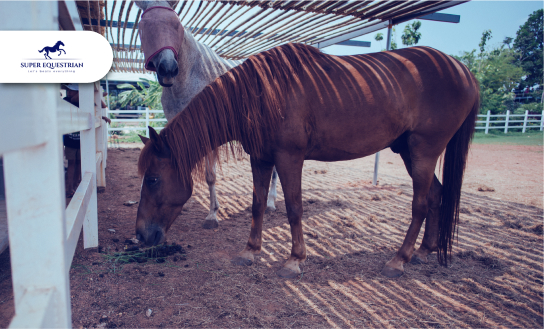
Common Equine Diseases and How ...
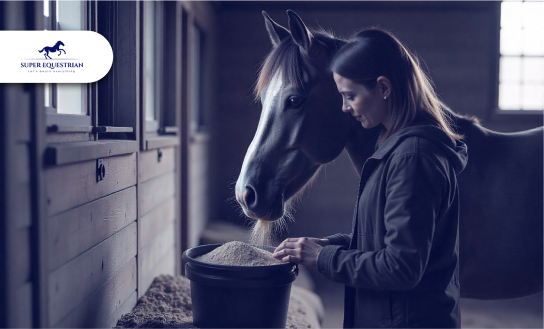
Equine Health Supplements: What Every ...
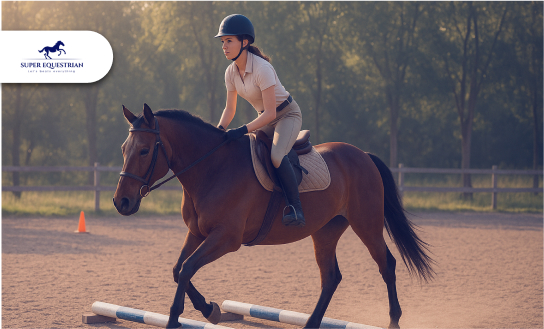
Jumping Basics: How to Prepare ...
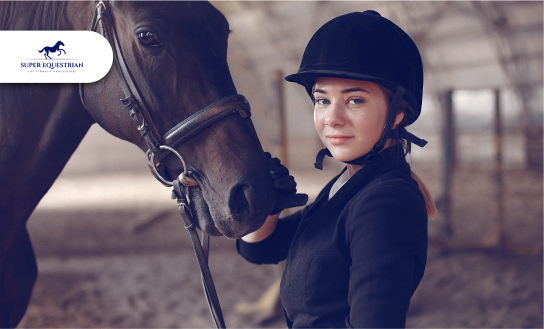
Essential Horse Riding Gear for ...
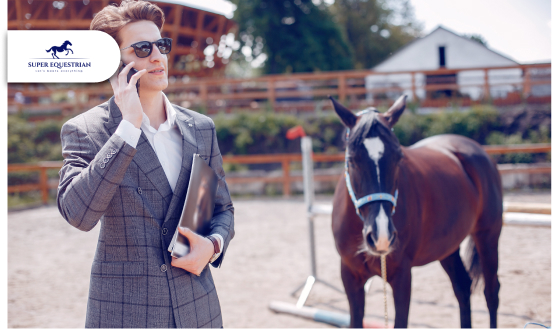
How to Balance Work, Life, ...

How to Balance Work, Life, ...
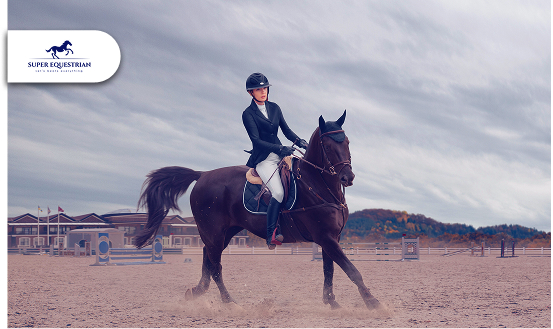
Top 5 Exercises to Improve ...
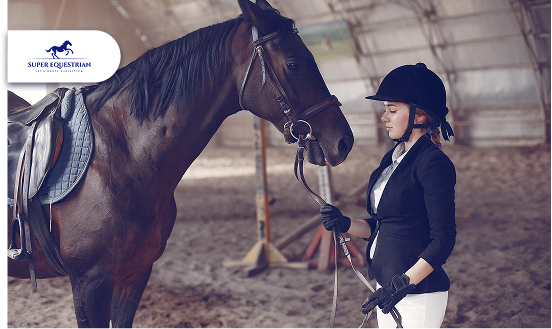
How to Build Confidence as ...
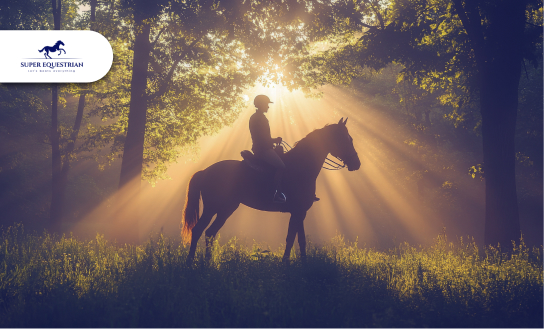
Spotlight on Equestrian Legends: Riders ...
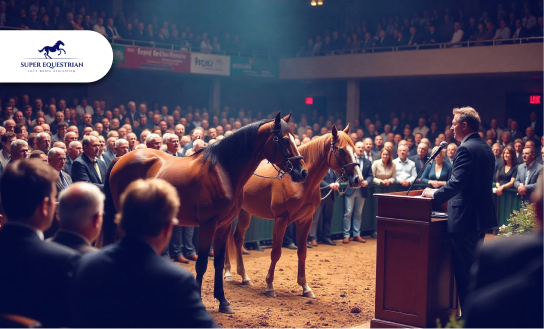
Horse Auctions and Sales...

Top Horse Friendly Travel Destinations ...

How to Build Stronger Bonds ...

Upcoming Horse Shows and Competitions ...
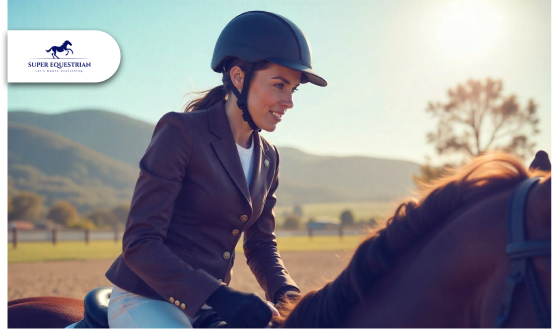
MIPS Equestrian Helmet The Future ...
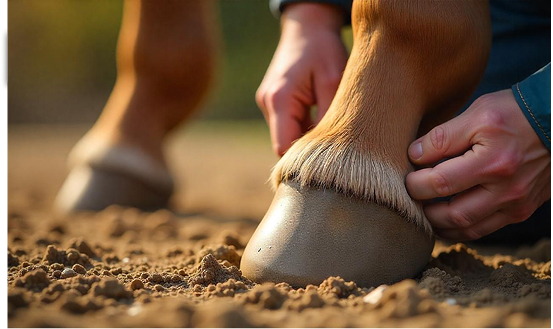
How to Recognize and Treat ...
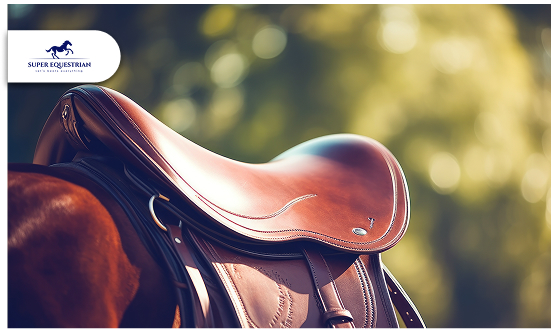
How to Choose the Perfect ...
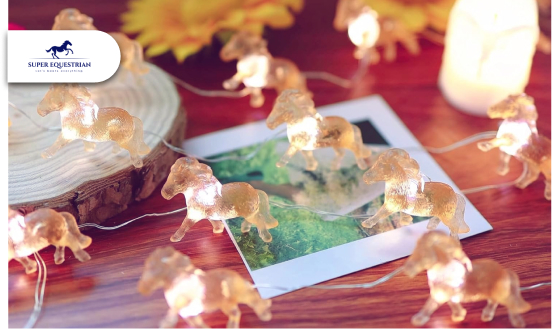
Horse-Themed Gifts Unique Ideas ...
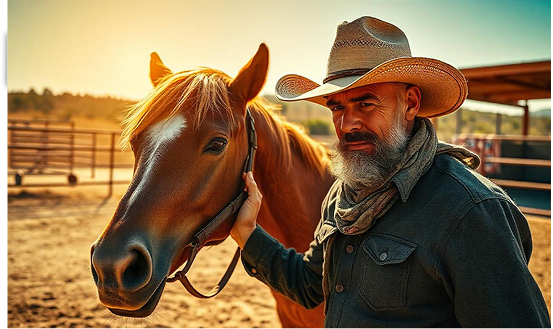
Horse Training Techniques: Creating A ...
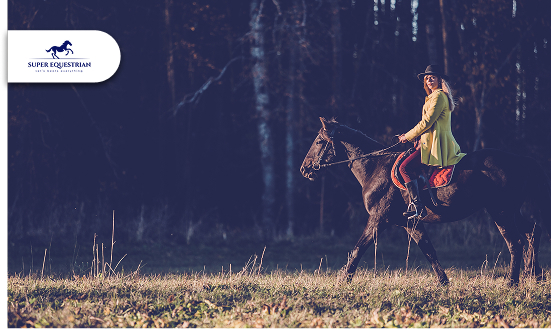
Horseback Riding Lessons – Everything You ...
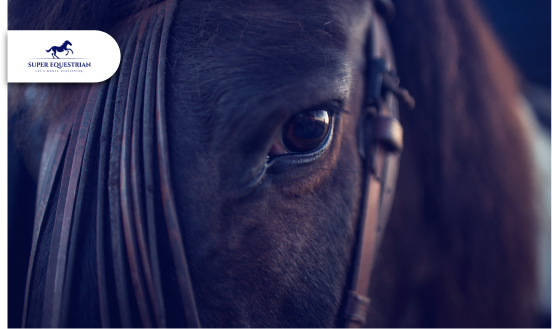
Horse Photography Tips: Learn the ...
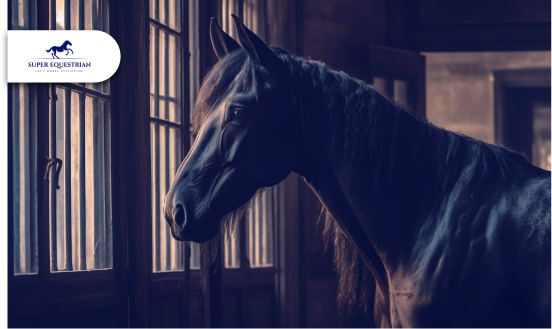
Horse Stable Management: The Quiet ...
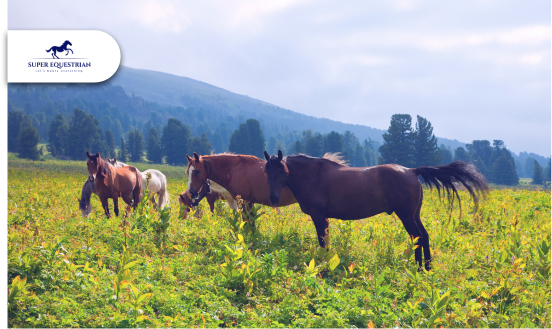
Horse Rescue Organizations: A Profound ...
Horse Racing Events A Look ...
Best Horse Manure Fork Six ...
What Are The Rarest Horses ...
What Does It Mean When ...
Horse Insurance Providers This Is ...

Horse Behaviour and Psychology: Learn ...

How Much Does a Horse ...
.jpg)
Best Monoflap Saddles For Your ...
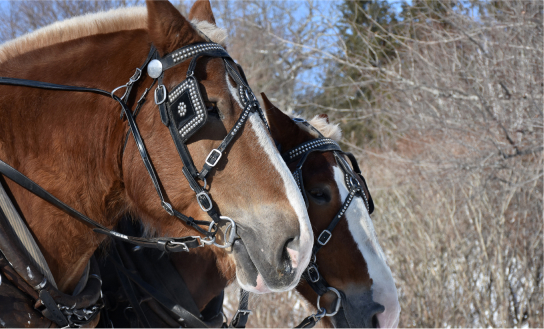
Best Hackamore For Barrel Racing...
.jpg)
Best Barrel Racing Reins Top ...
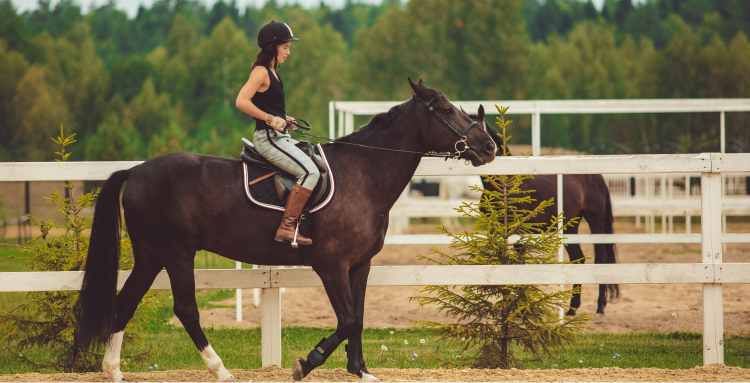
Horse Anatomy And Physiology: Facts ...
.jpg)
Best Stirrups For Ankle Pain - ...
.jpg)
Horse Care Tips and Tricks: ...
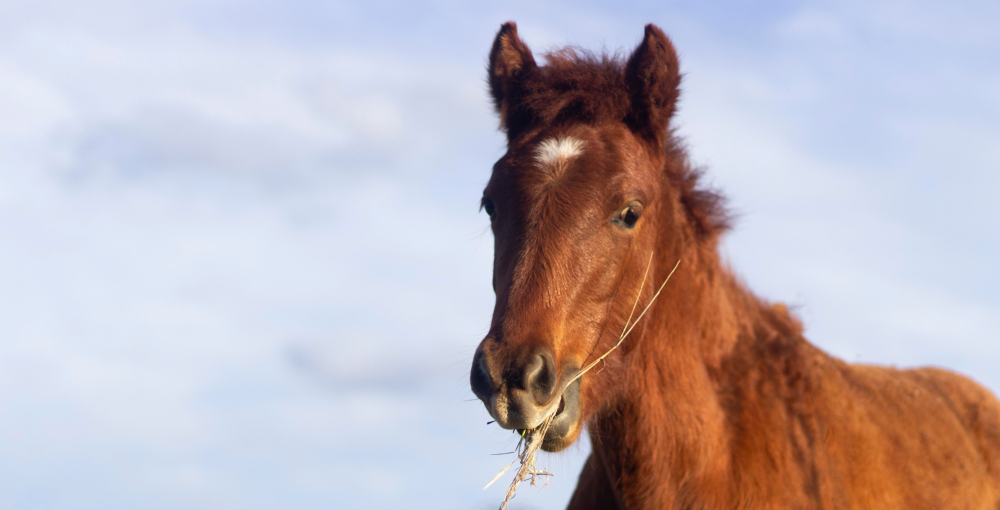
What Do Wild Horses Eat- ...
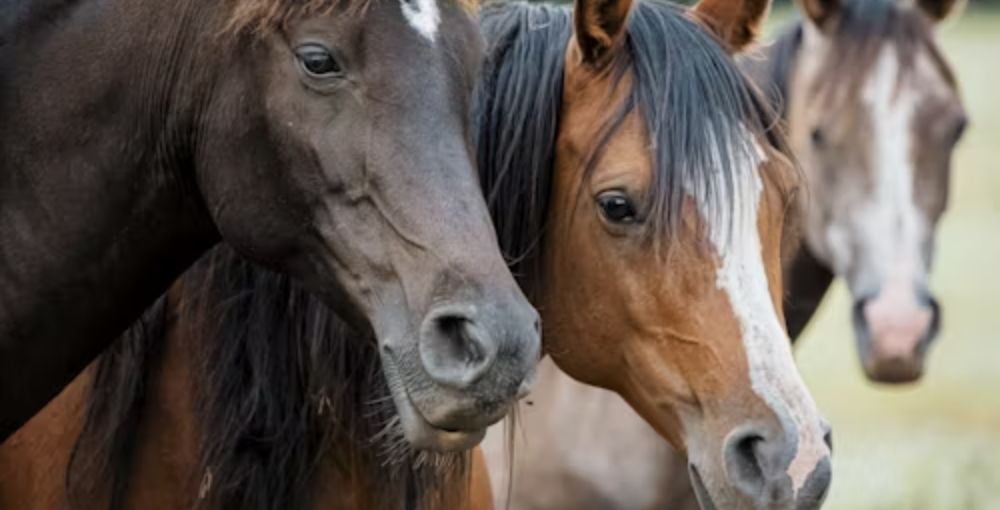
Horse Breeds and Characteristics: How ...
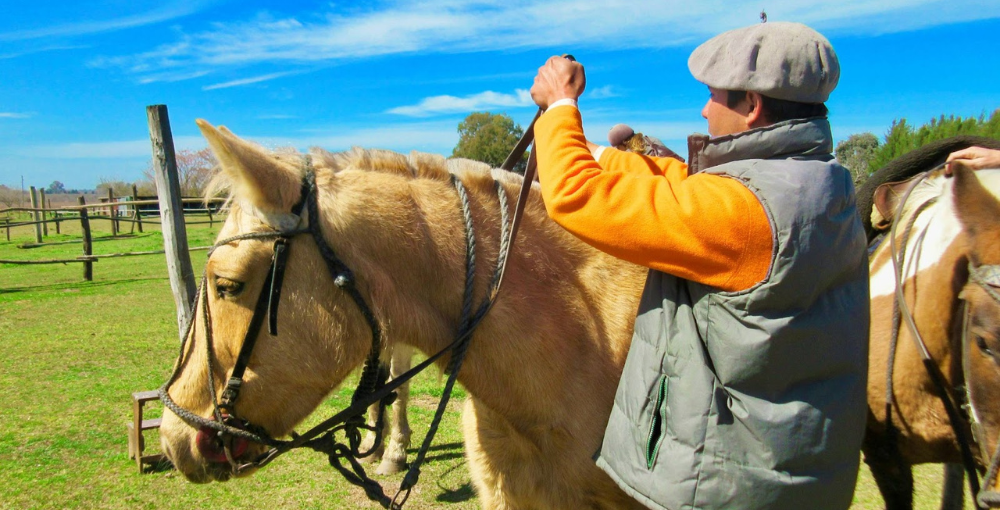
Best Barrel Racing Reins - Top ...

Horse Breeds and Characteristics: How ...
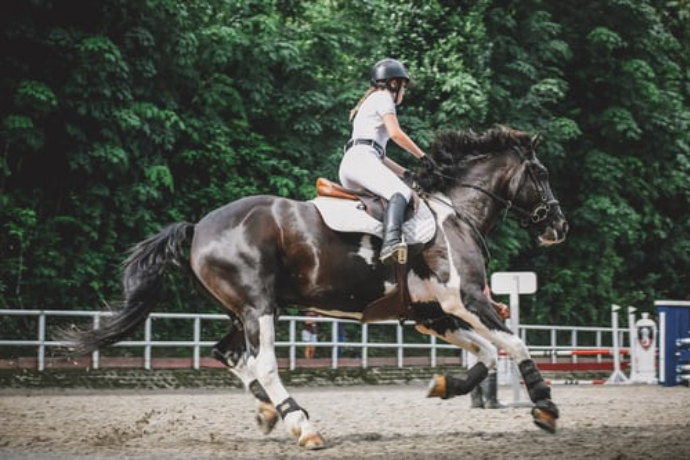
Best Breeches For Curvy Riders...
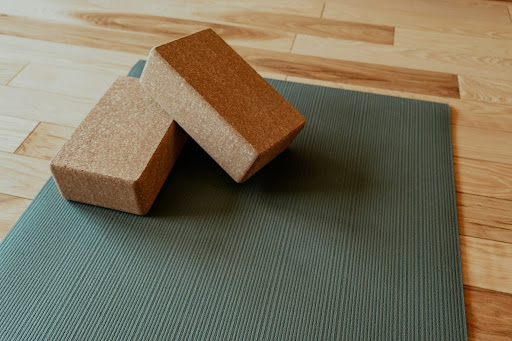
Best Stall Mats For Horses - ...

Best Horse Brushes ( A Thread ...

Best Saddle Rack ( Keep Your ...

Best Bit For Training a ...
.jpg)
10 Morgan Horse Show Held ...
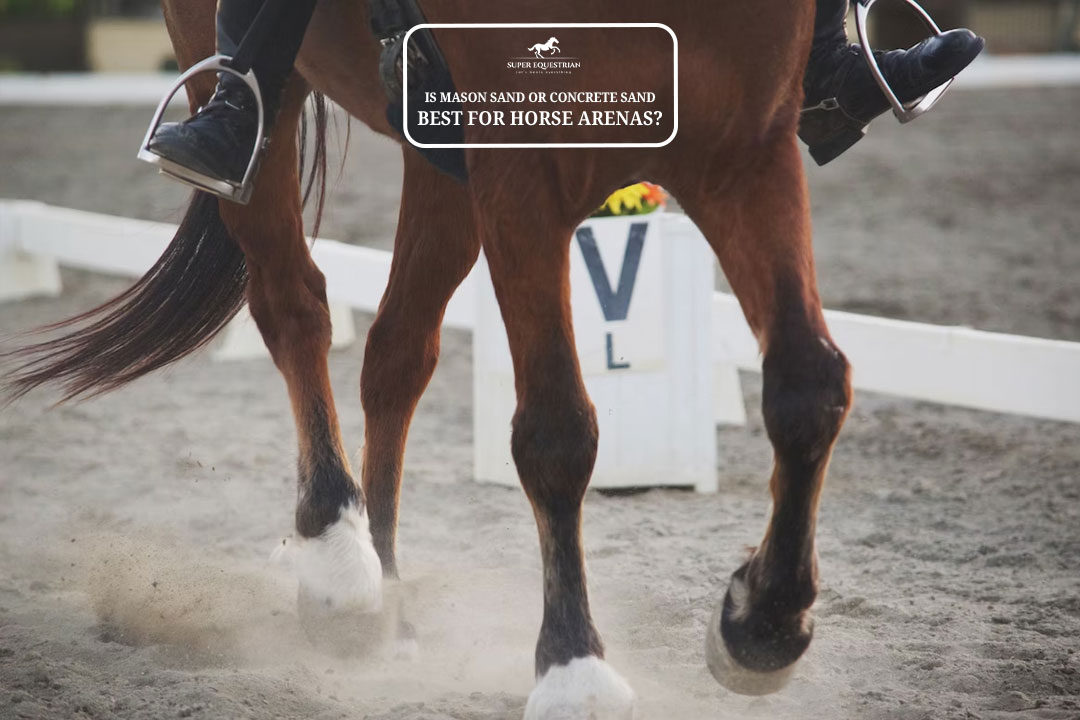
Is Mason Sand Or Concrete ...
.jpg)
Best Girth For Your Horse ...
.jpg)
Ranch Cutter vs Cowhorse Saddle? ...
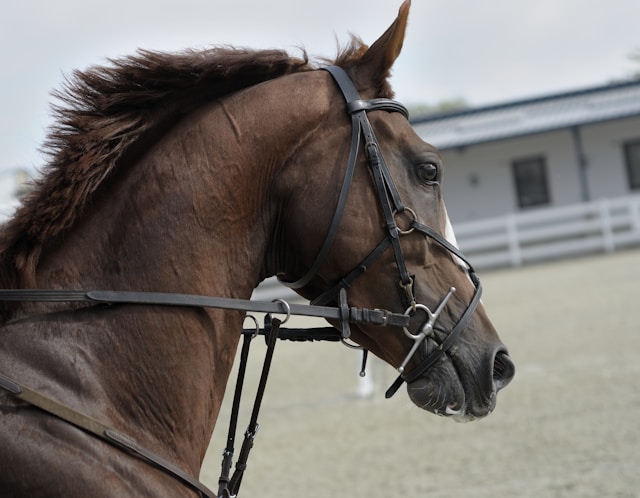
Types of Horse Bit and ...
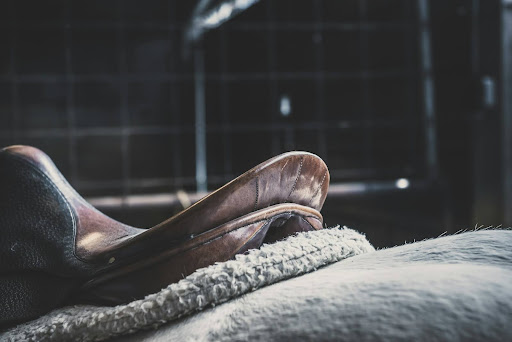
Is Hilason a Good Saddle ...
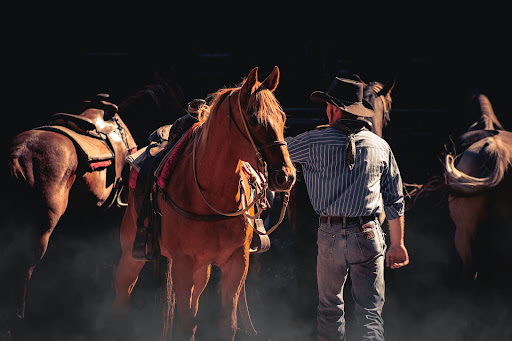
How to choose a bit ...
.jpg)
Best Salt Blocks For Horses...
.jpg)
Types of Horse Brushes (Equine ...
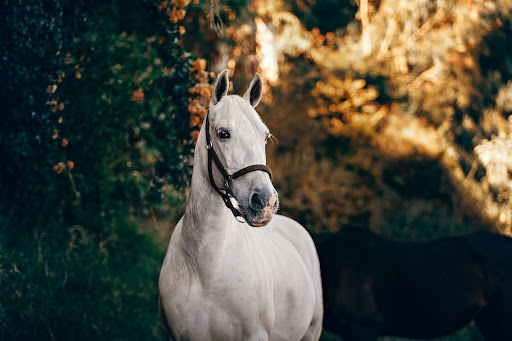
How To Get a Horse ...
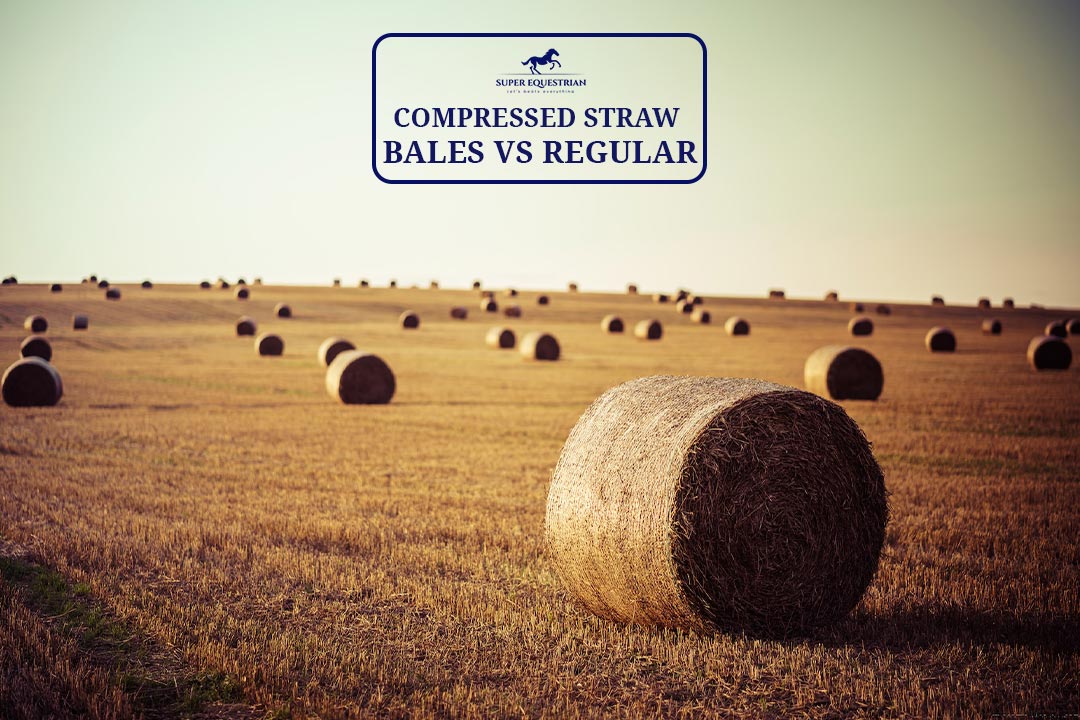
Compressed Straw Bales Vs Regular? ...
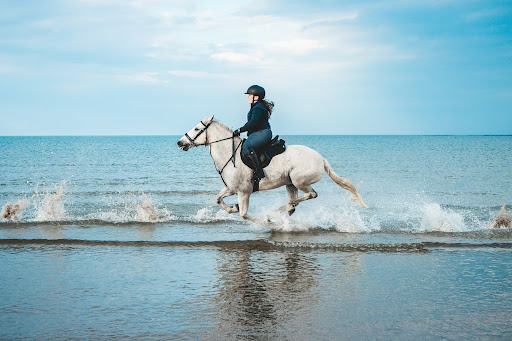
Horse Riding Lessons For Intermediate ...
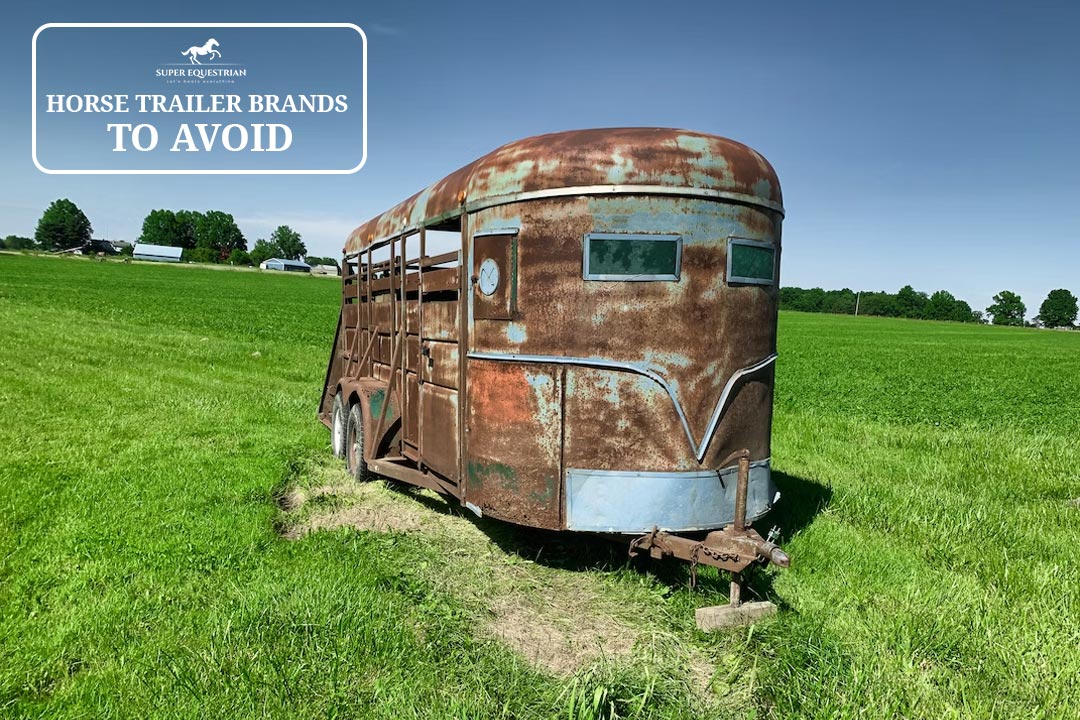
Horse Trailer Brands To Avoid...

Strawberry Roan vs Red Roan? ...
.jpg)
Gelding vs Stallion...
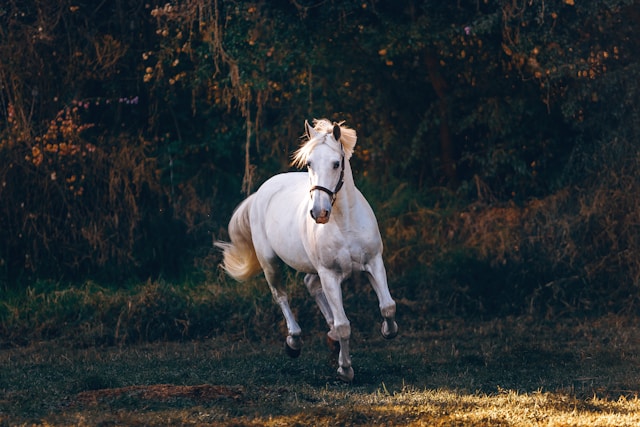
Why Does a Horse Whinny? ...
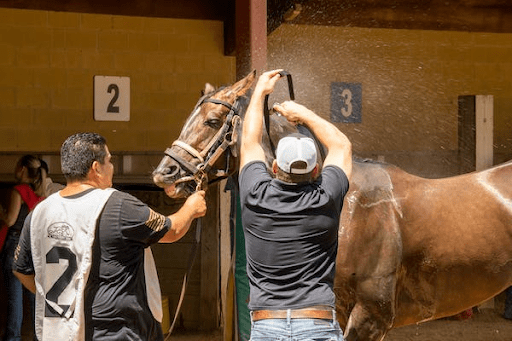
How to Clean a Rusty ...
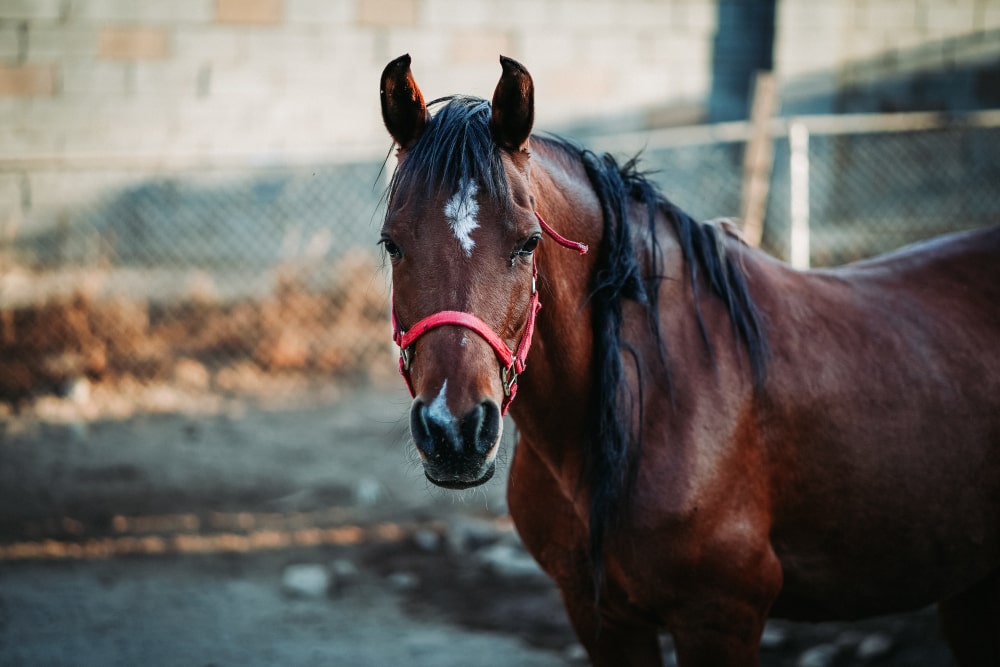
Why Do Horses Foam at ...
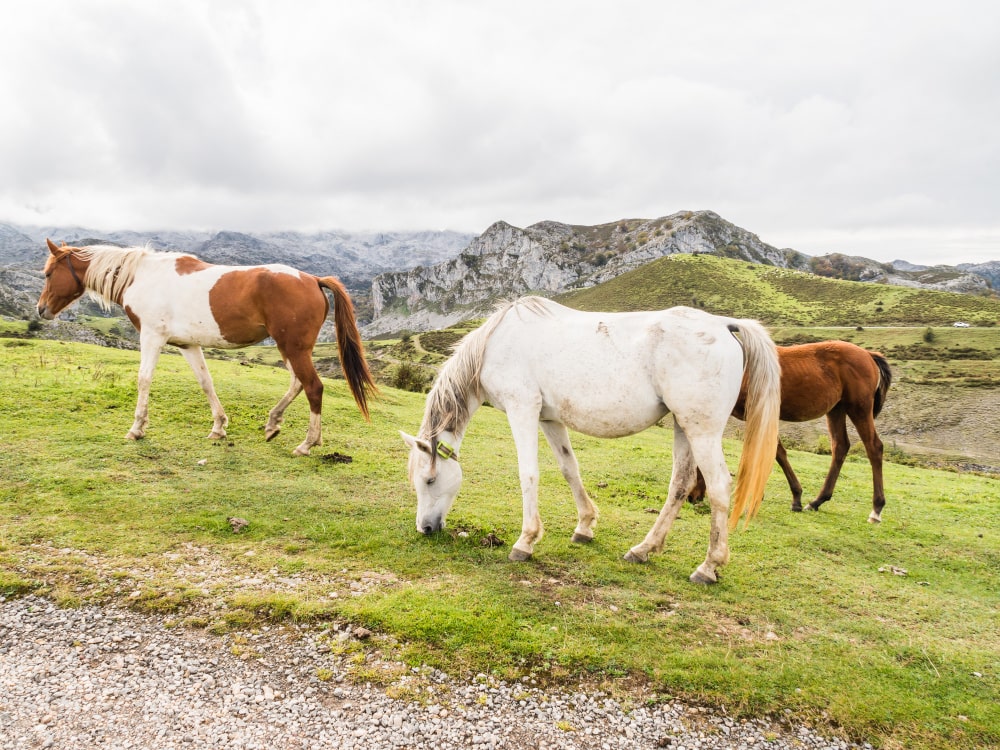
Why Do Horses Bob Their ...

Nutrition Unveiled: Triple Crown Senior ...
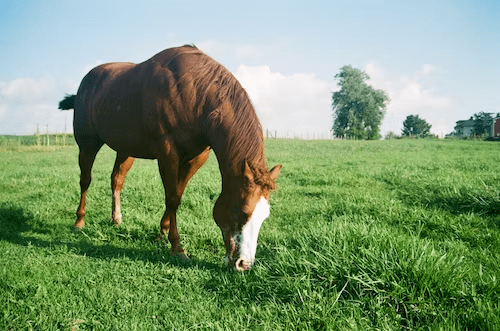
Pasture Pro Vs. Grazon: Horse-...
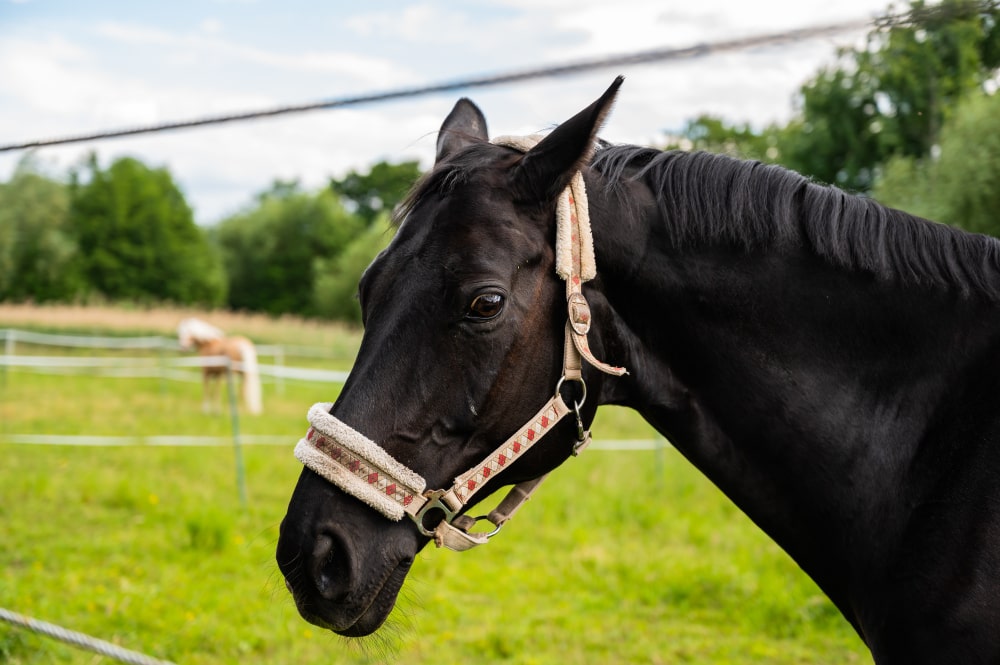
Dutch Gag Vs. Pelham: Bits ...
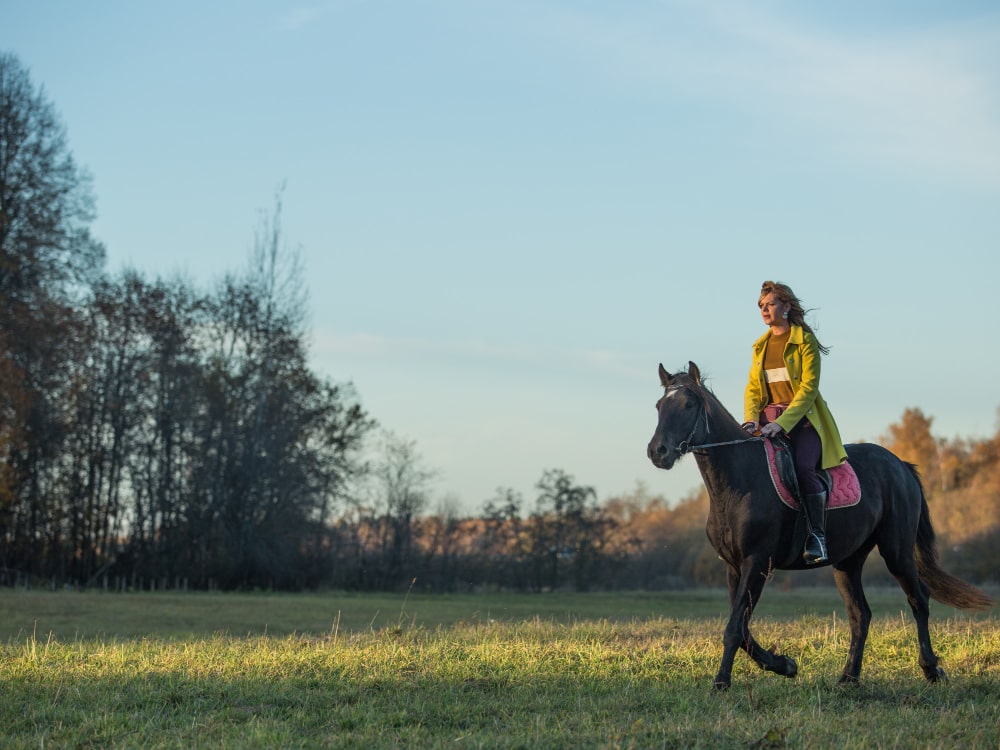
Walking Horse vs Racking Horse: ...
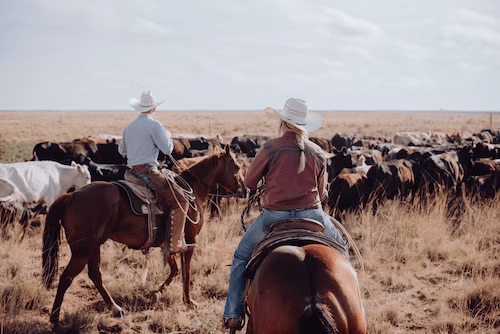
Wade vs Association Saddle: Your ...
.jpg)
Step Up vs Ramp Horse ...

Bosal vs Hackamore: A Head-...
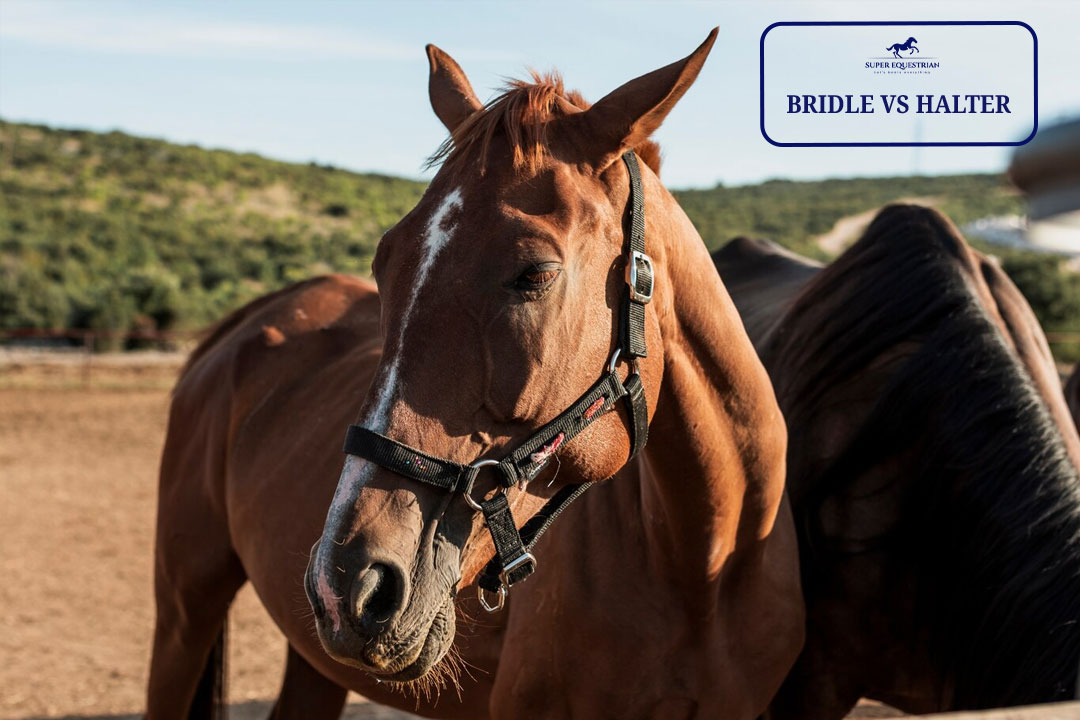
Bridle Vs Halter: Which One ...

Paddock Boots Vs Riding Boots: ...

Shadow Horse Trailer Problems: Causes, ...
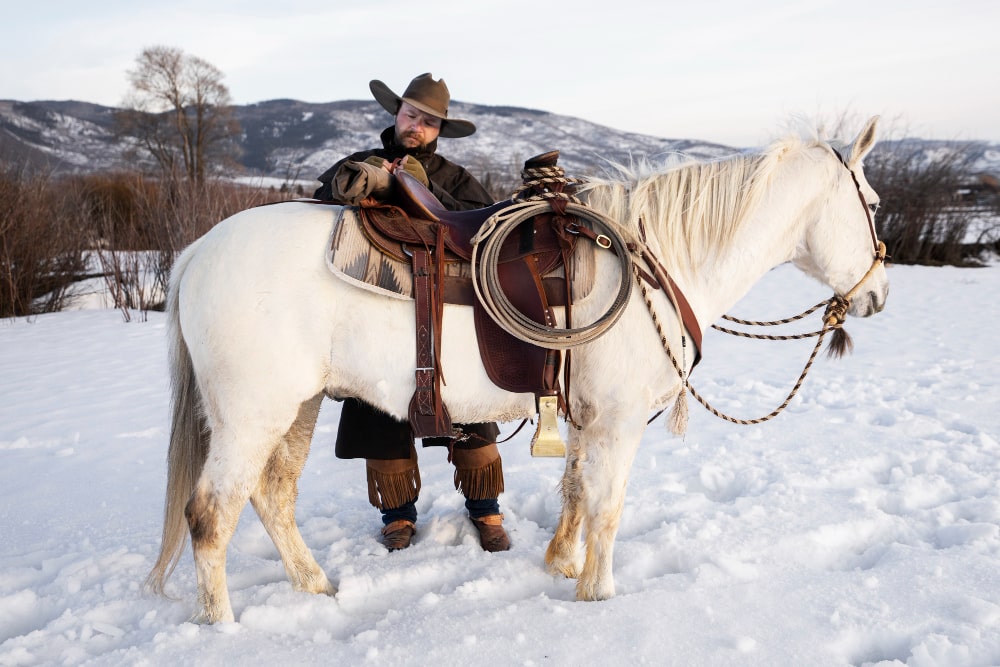
Are Billy Cook Saddles Good - ...

Let's Start at the ...
Benefits of Beet Pulp for ...
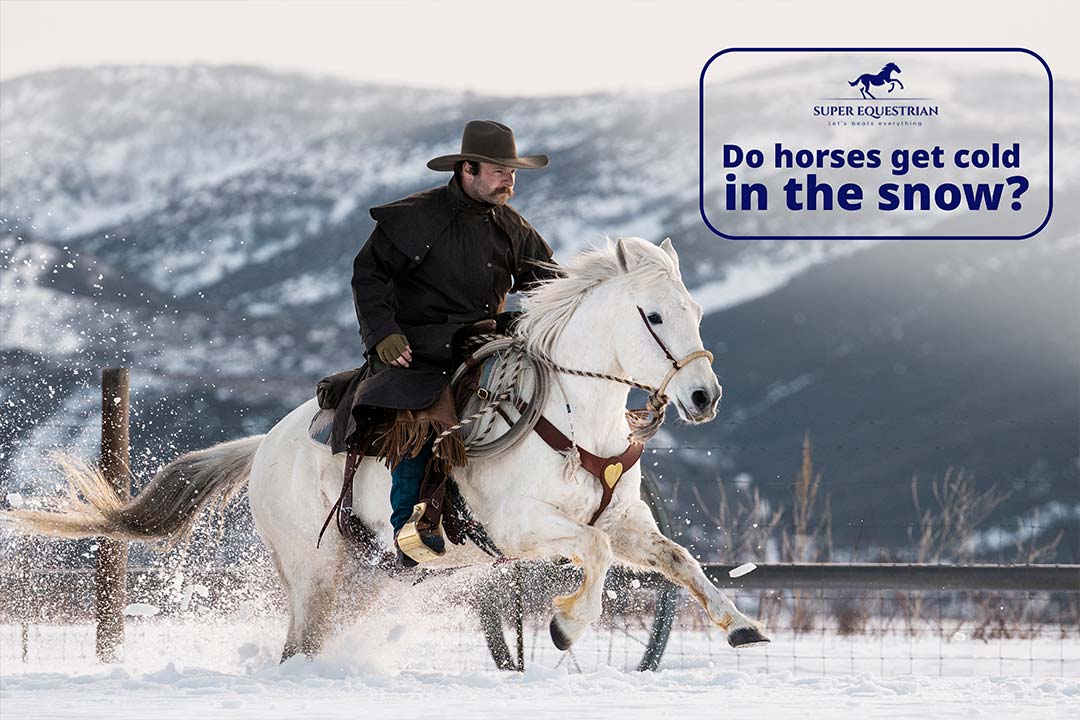
Do horses get cold in ...
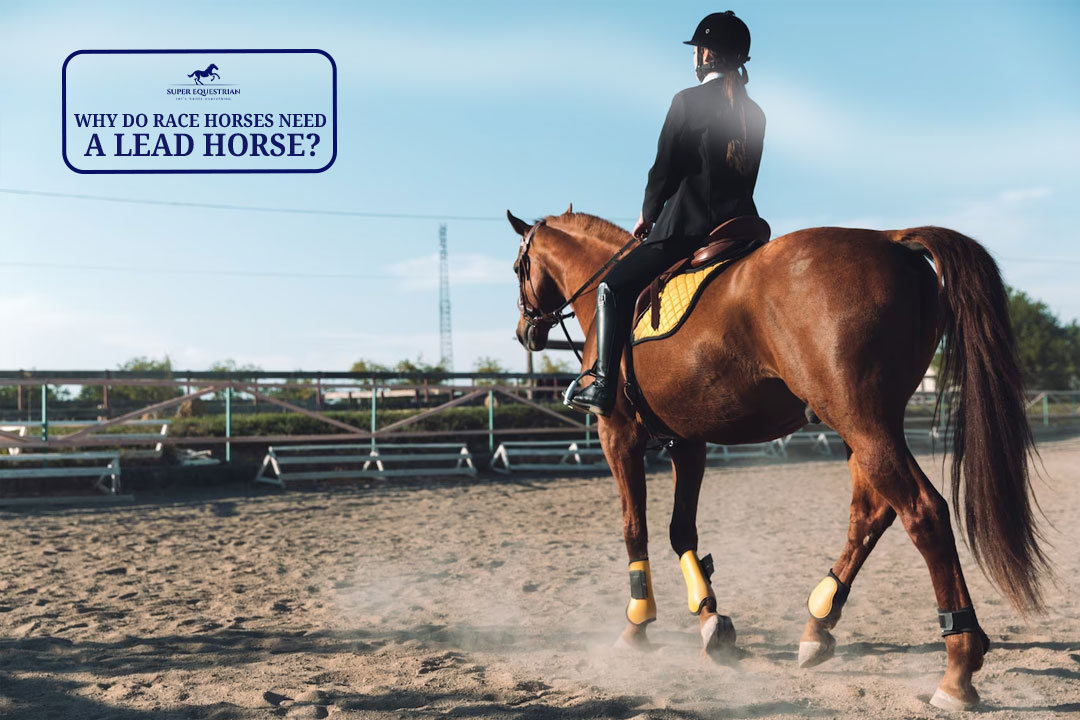
Why Do Race Horses Need ...
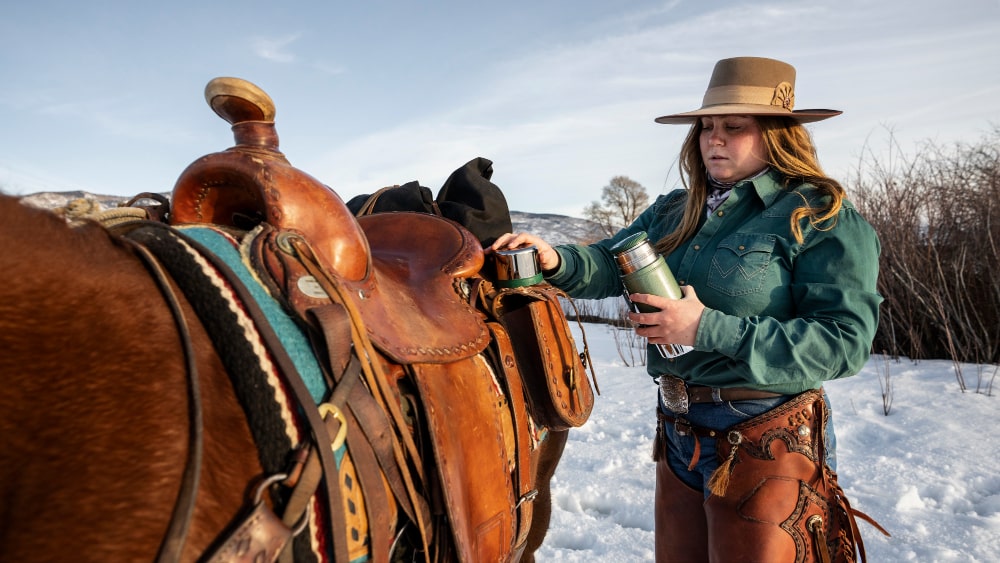
Ranch Saddle vs. Roping Saddle: ...

Round Pen vs Square Pen ...

Must Have Horse Trailer Accessories: ...
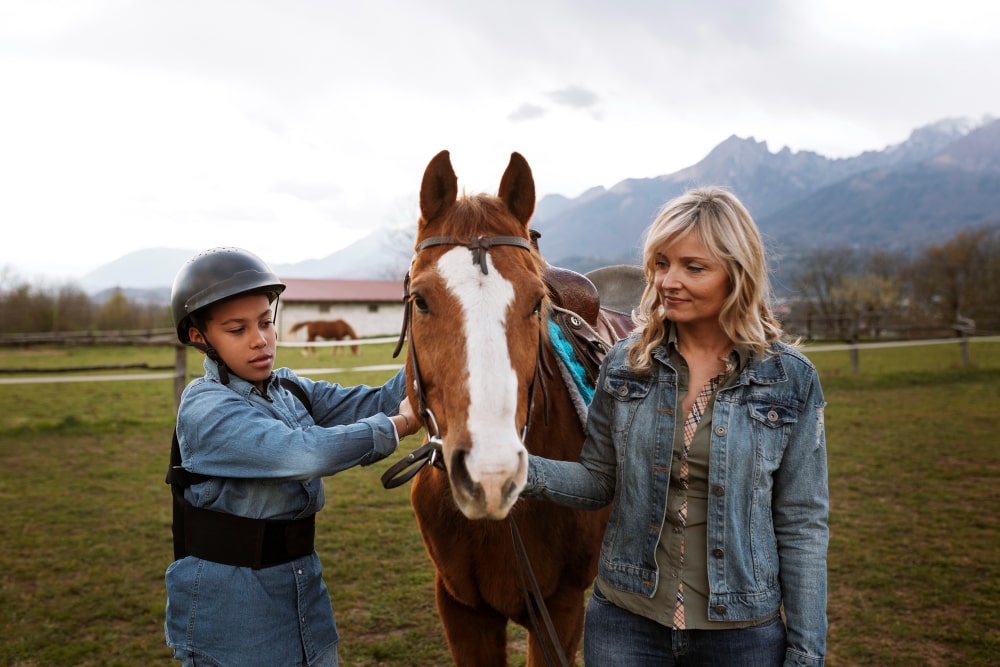
Is MIPS Worth for Equestrian?...
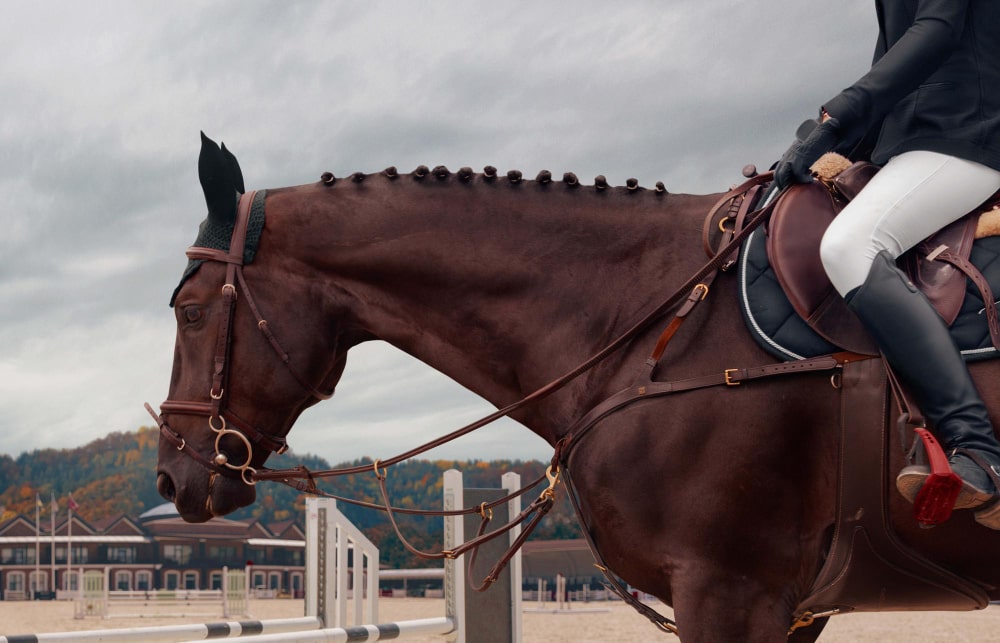
Natural Horsemanship vs Positive Reinforcement: ...

How to Mount a Horse ...
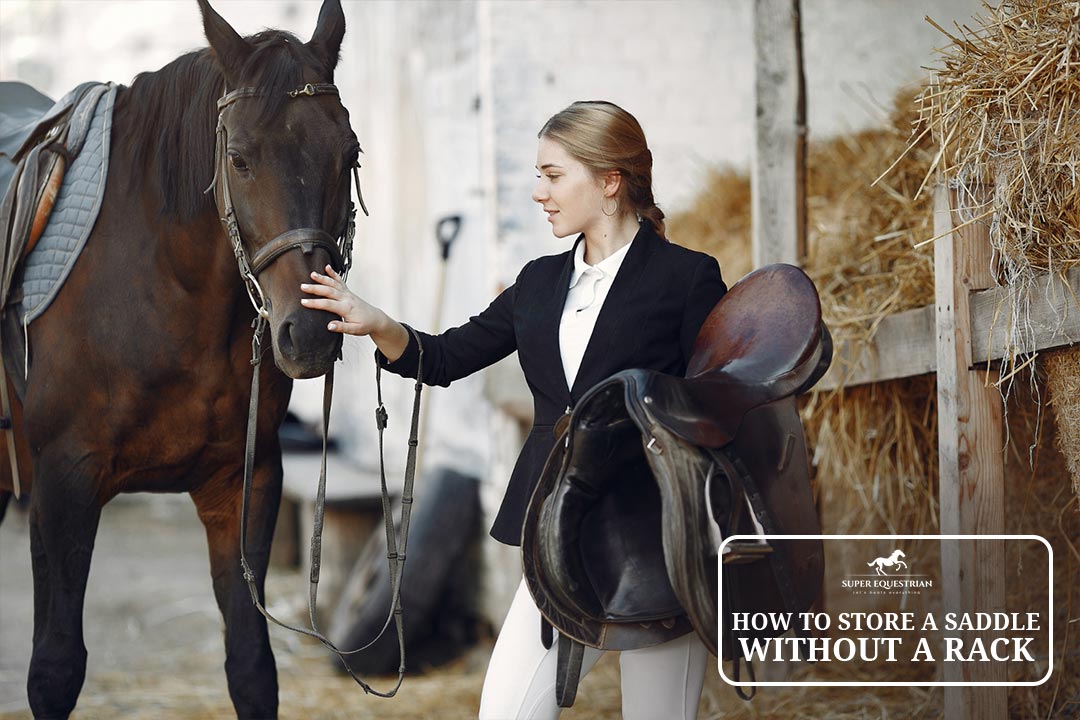
How to Store a Saddle ...
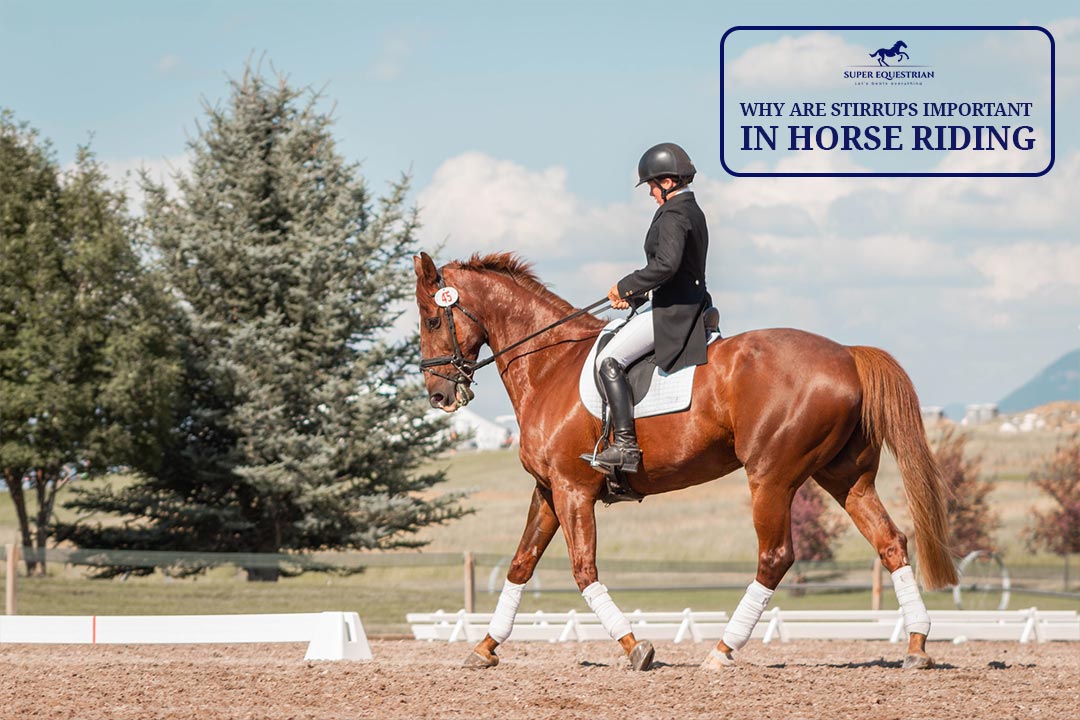
Why are Stirrups Important in ...
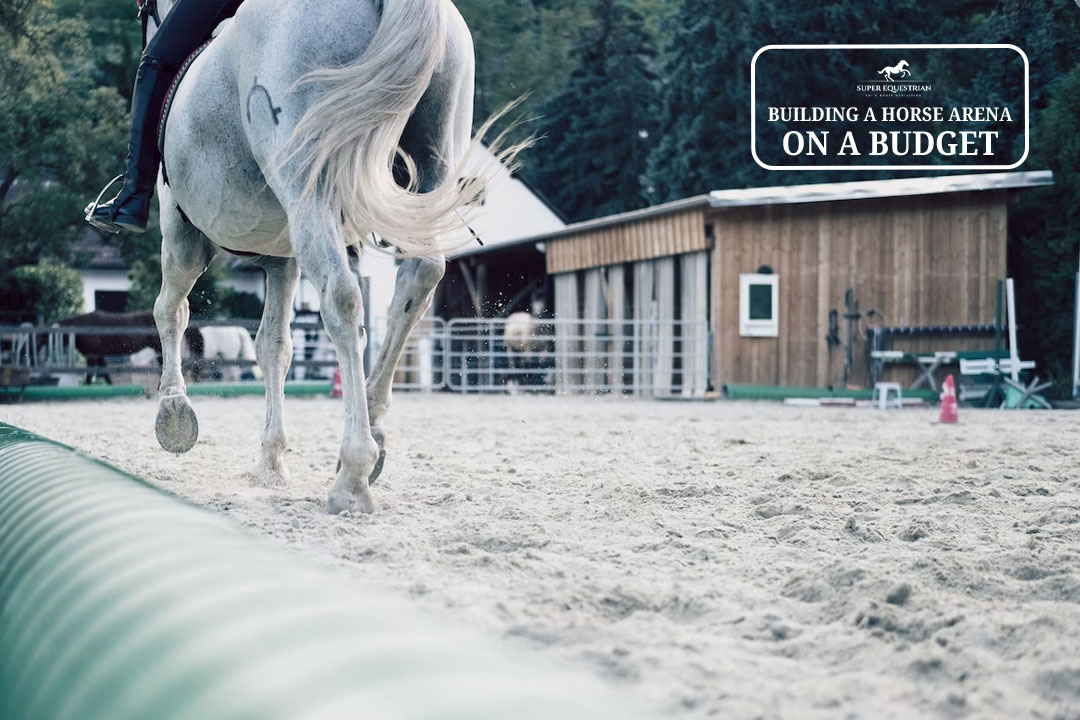
Building a Horse Arena on ...

How to Make Horse Treats ...

Order of Grooming a Horse...

Horse Riding Lessons Plan: The ...

Horse Trailer Roof Replacement and ...
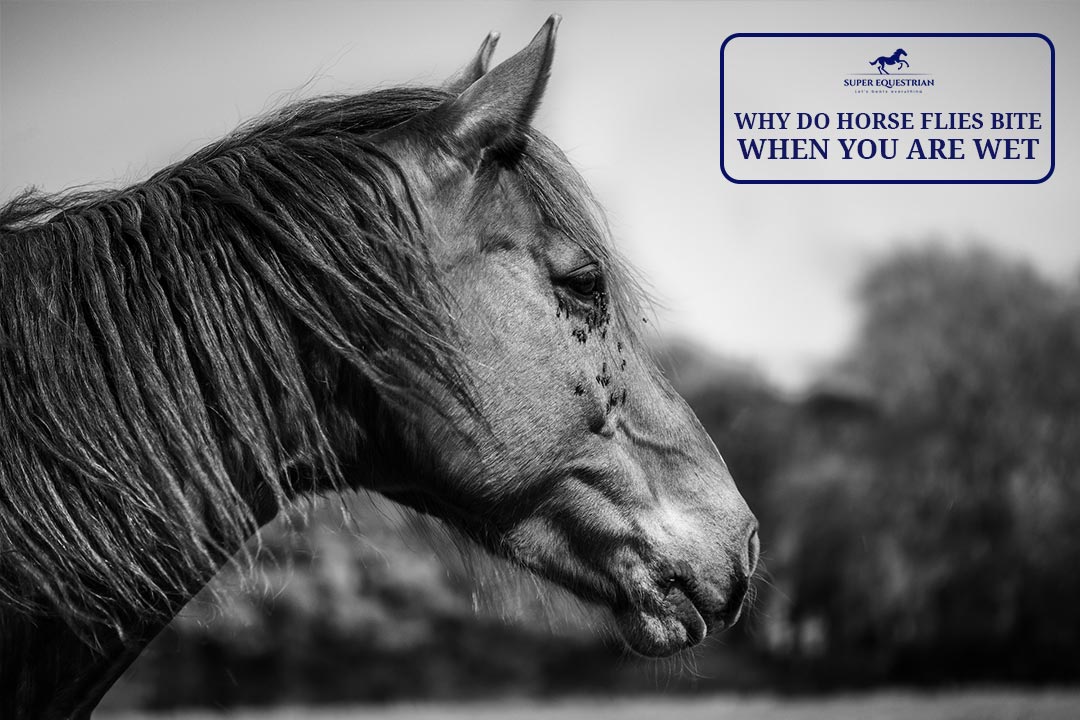
Why Do Horse Flies Bite ...
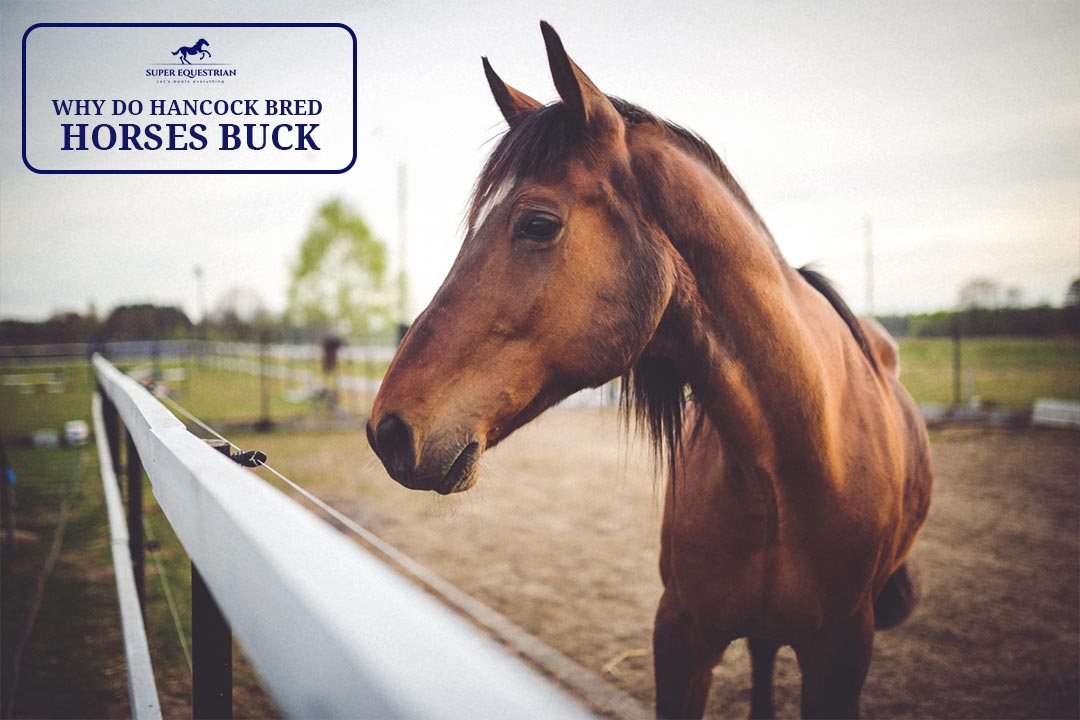
Why Do Hancock Bred Horses ...

Quarter Horse Bloodlines to Avoid...
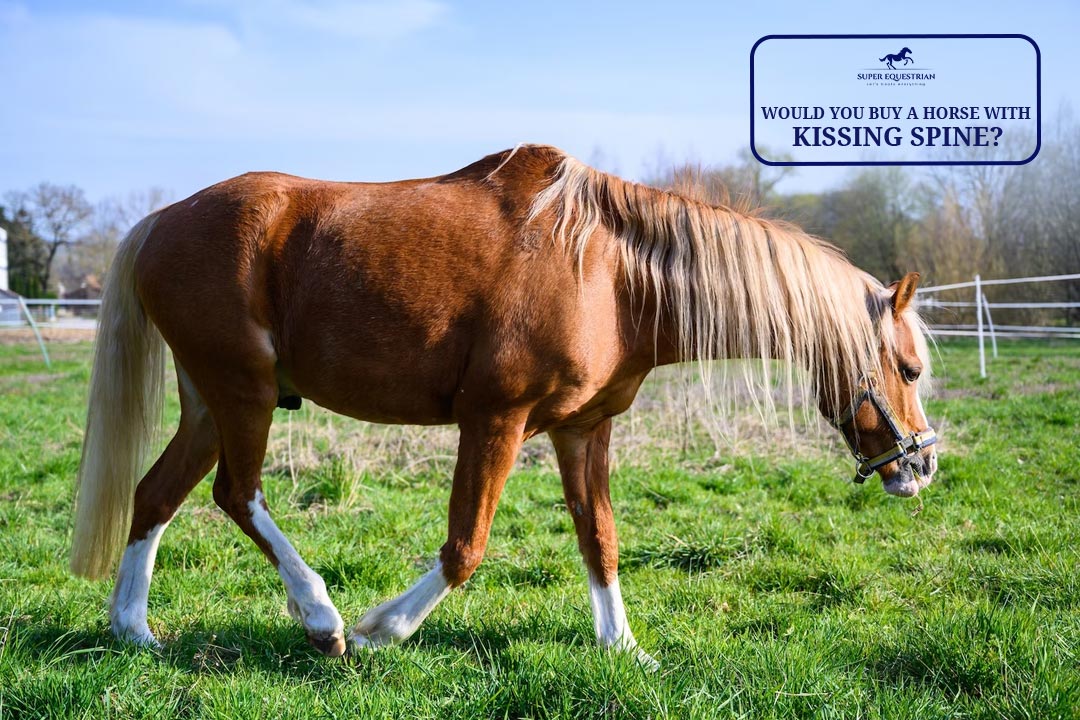
Would You Buy a Horse ...
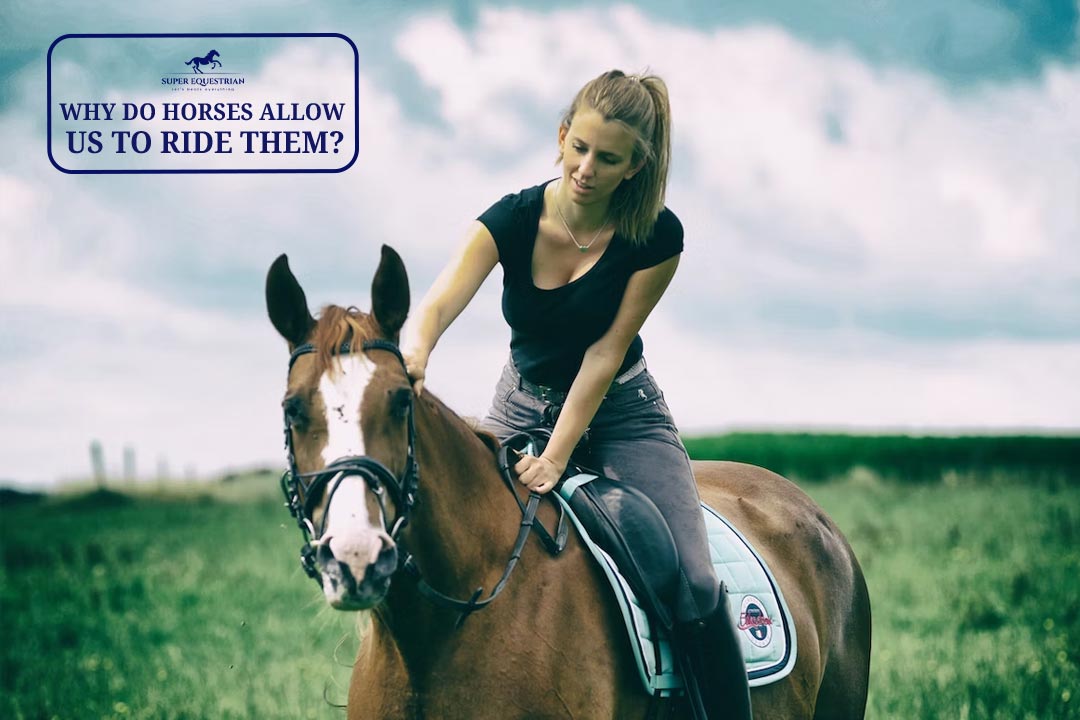
Why Do Horses Allow Us ...
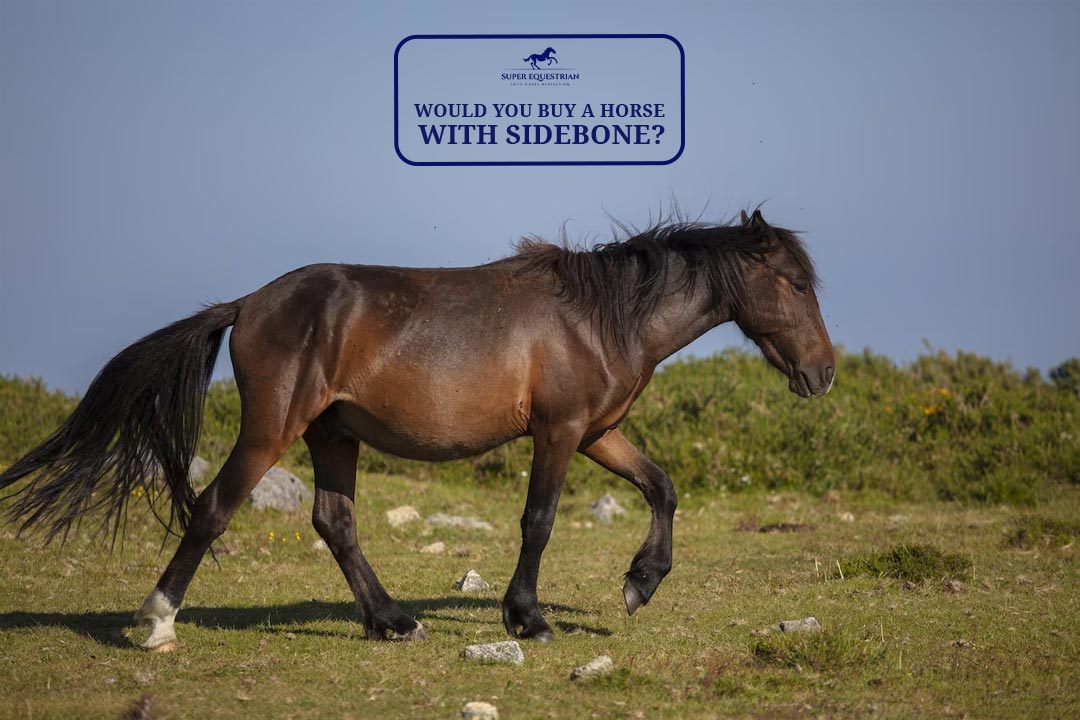
Would you buy a horse ...

Why Are Klapper Bits So ...
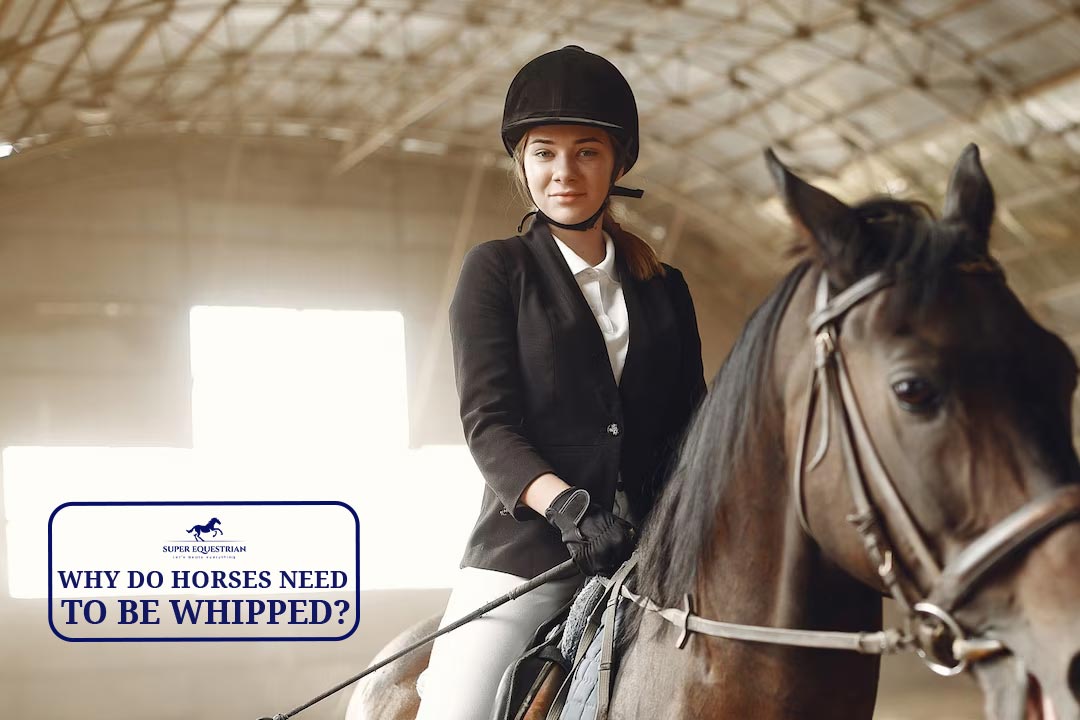
Why do horses need to ...

Why do you mount a ...
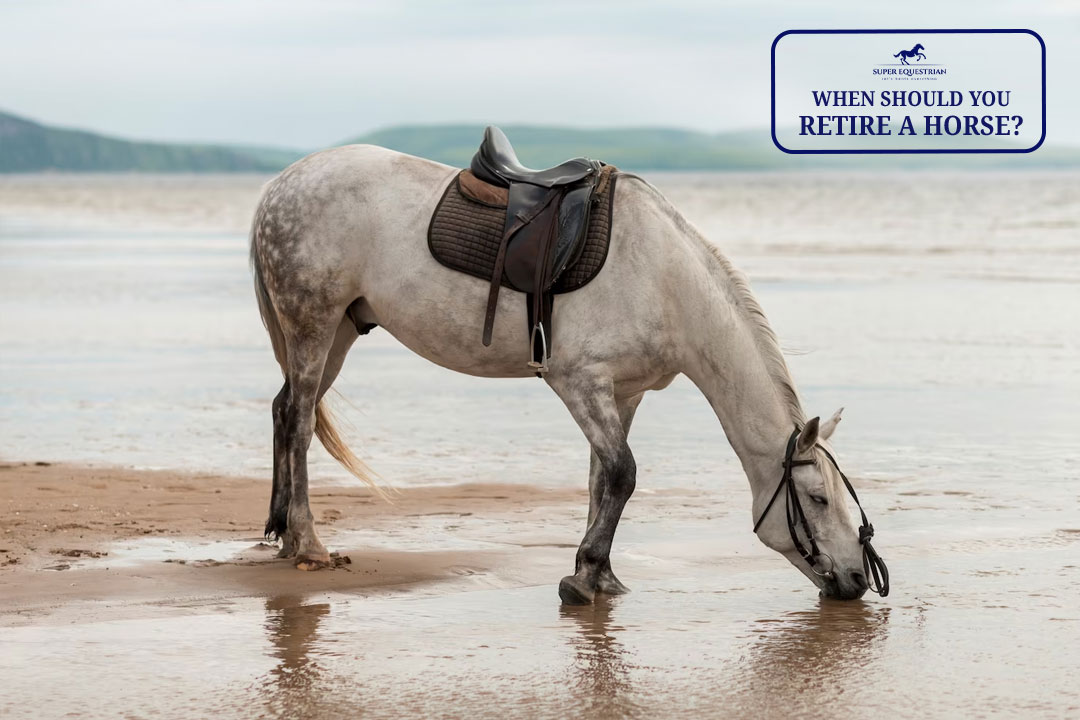
When Should You Retire A ...
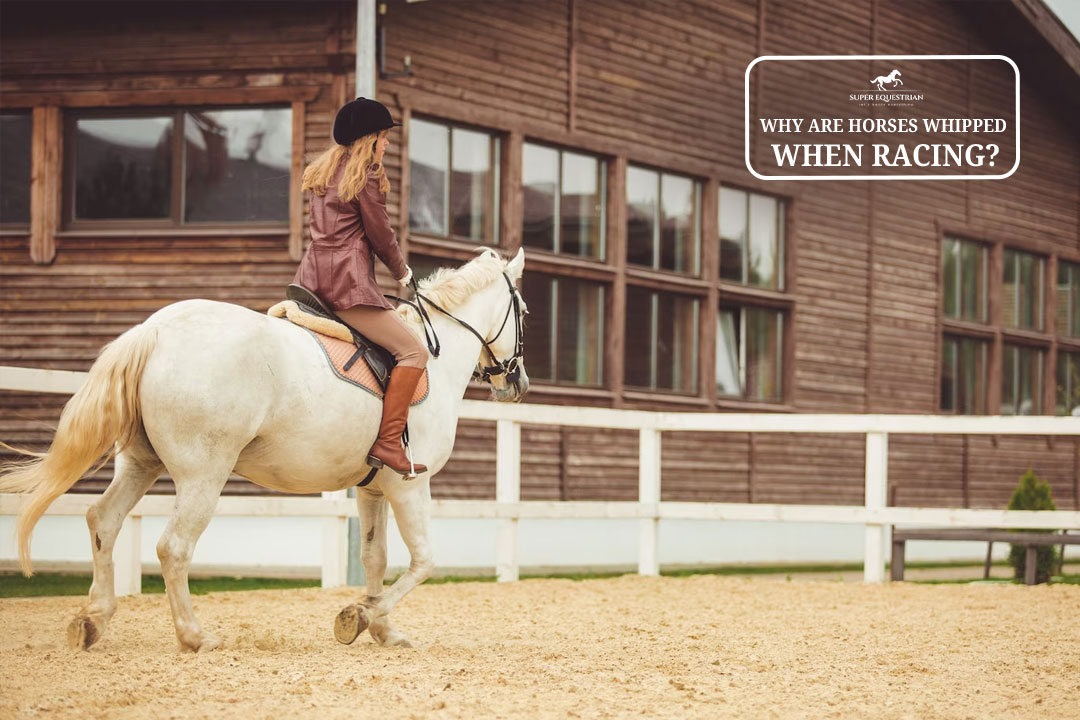
Why Are Horses Whipped When ...
.jpg)
Why Do Horses Have A ...
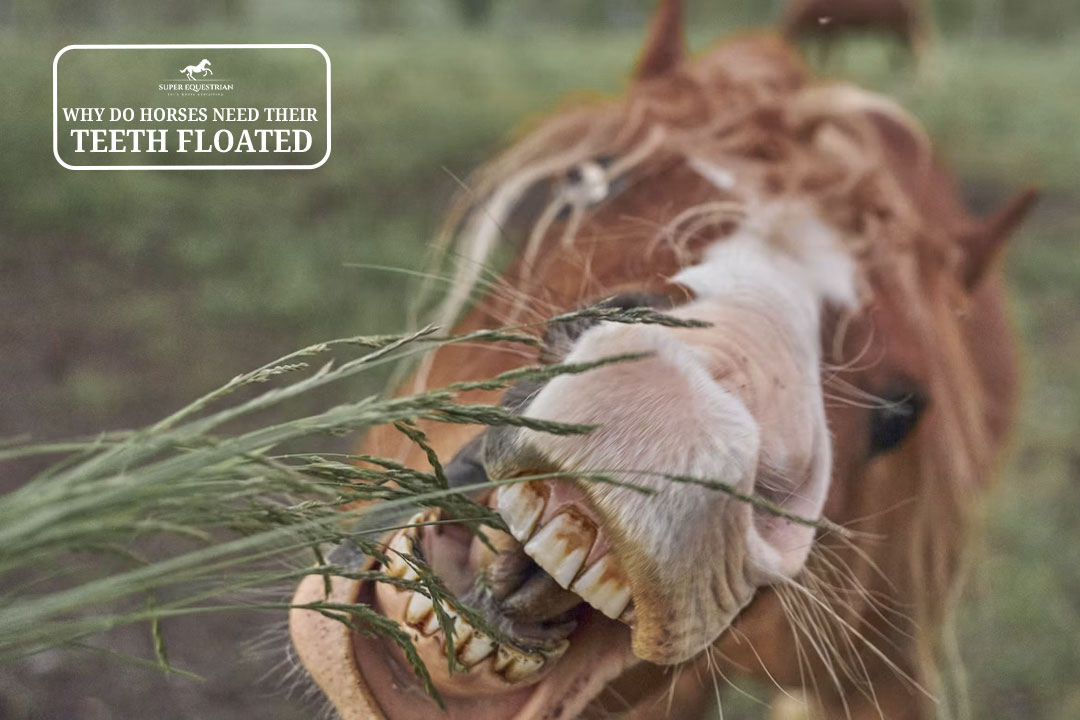
Why Do Horses Need Their ...

What To Do If Horse ...

What To Do If A ...
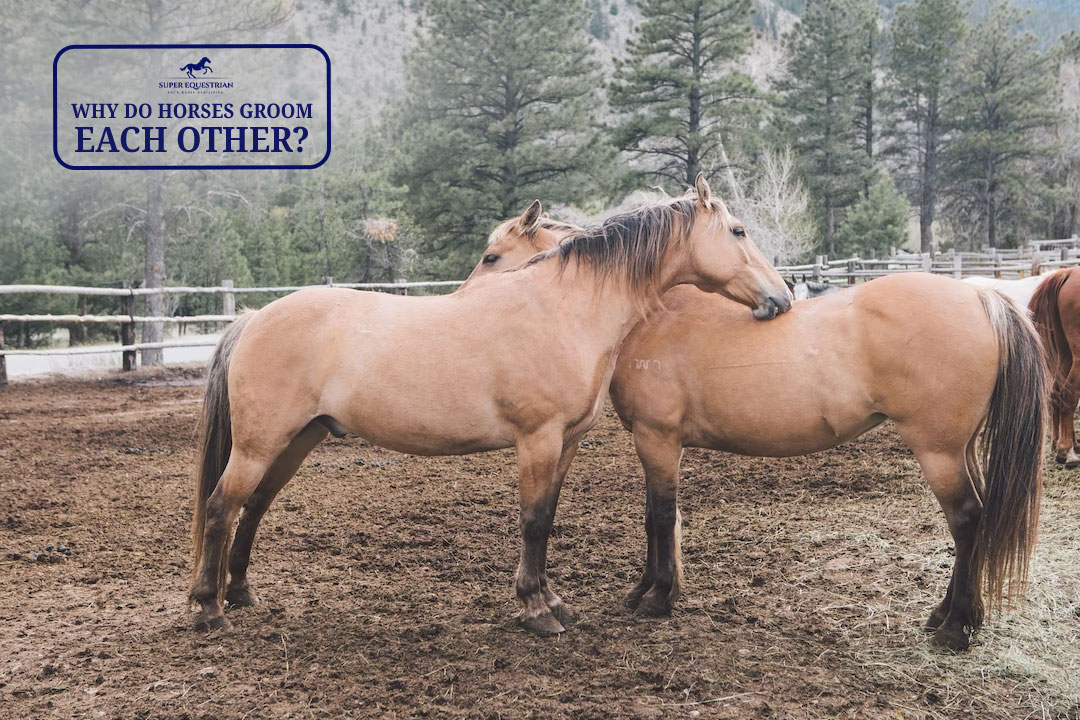
Why do horses groom each ...
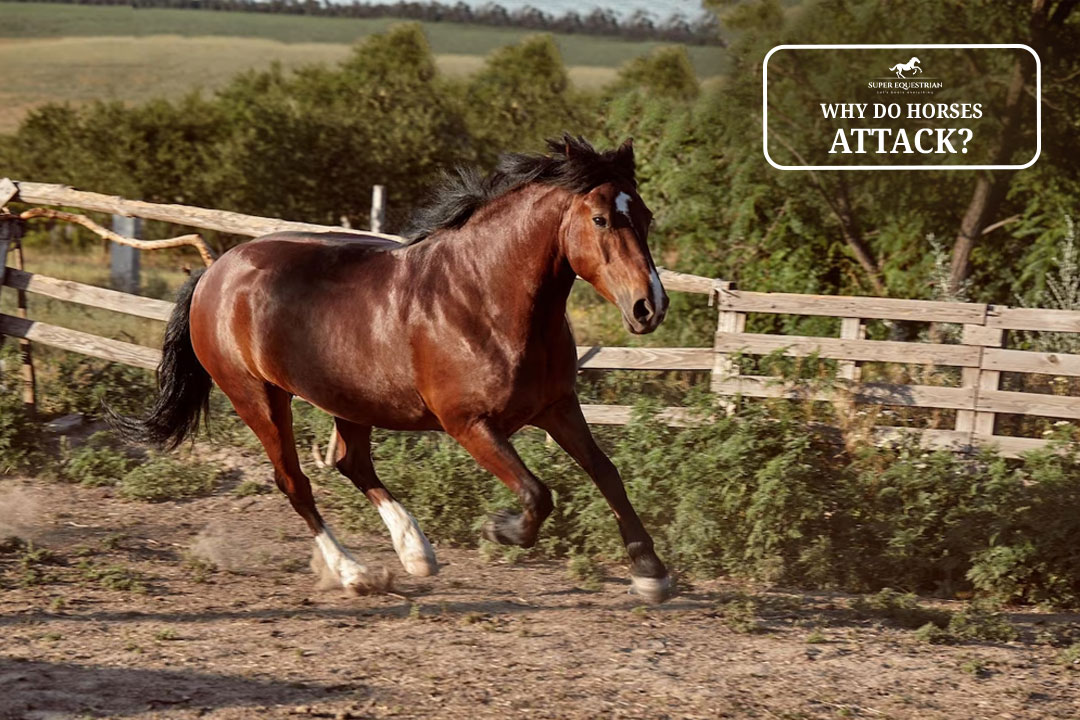
Why do horses attack...

Should I Use a Martingale ...

How to fit bell boots ...
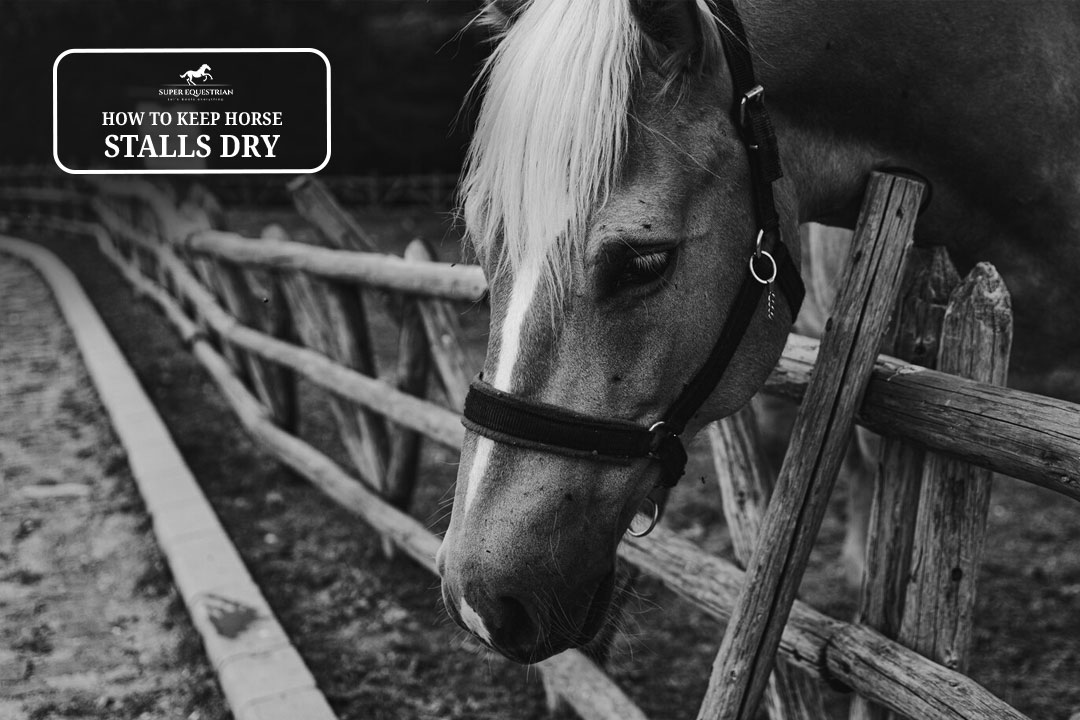
How To Keep Horse Stalls ...
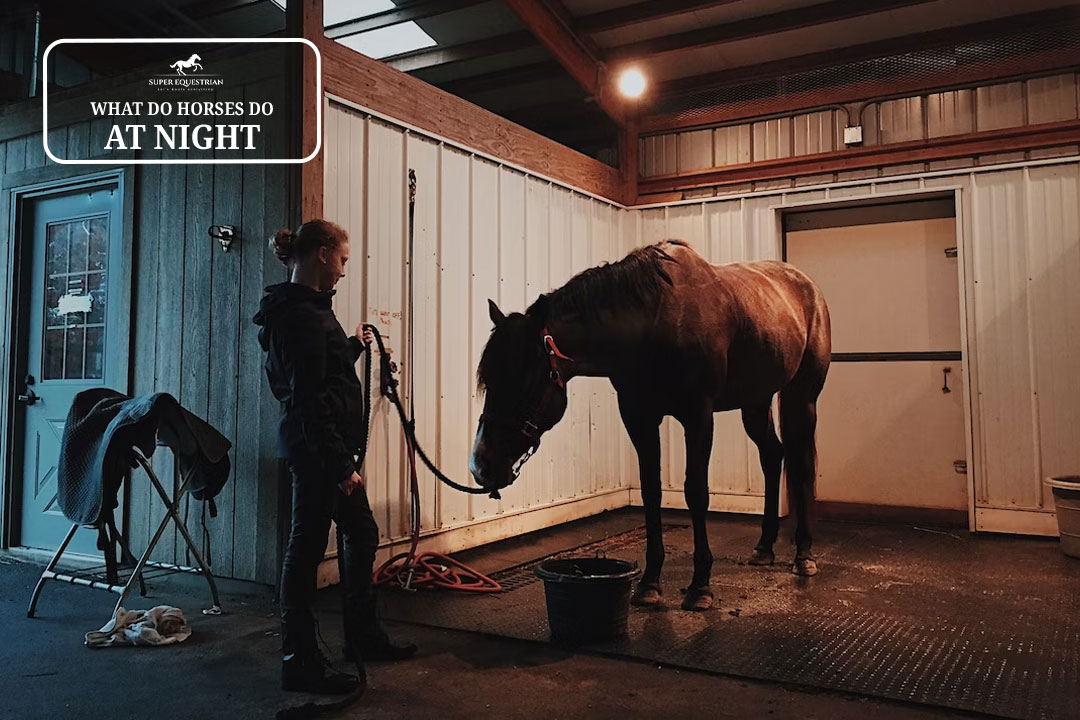
What Do Horses Do At ...
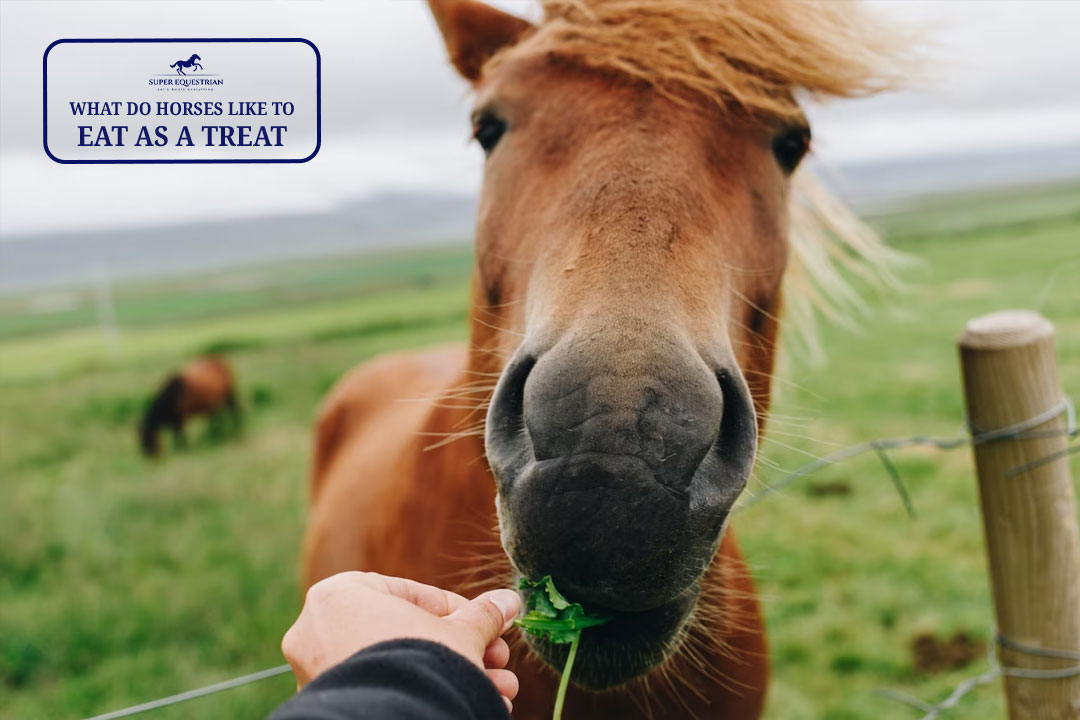
What do horses like to ...

Why do wild horses get ...

Can you ride a horse ...
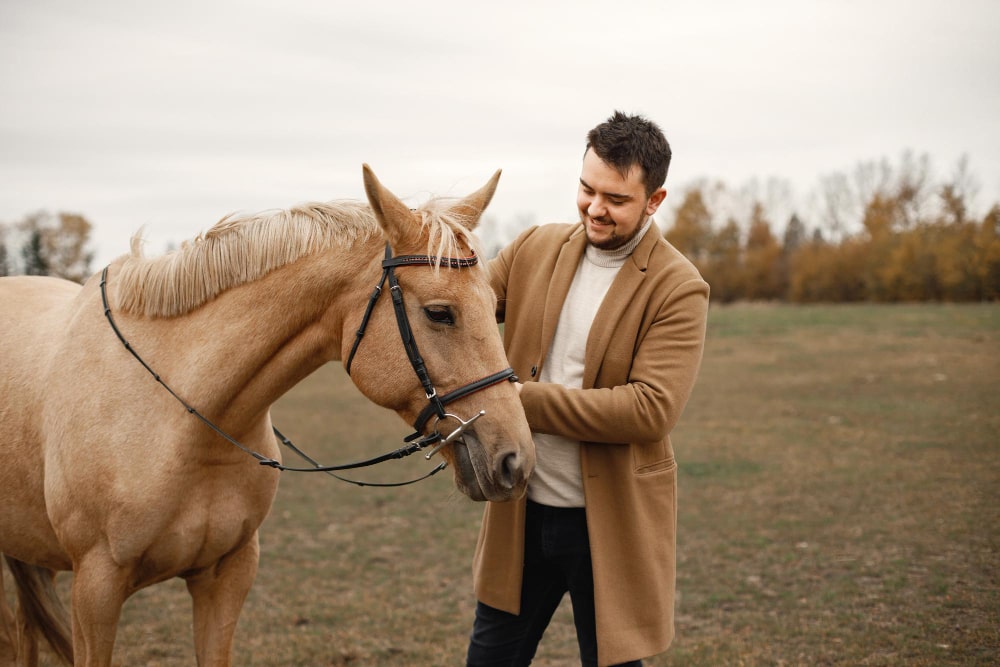
Are horses protective of their ...
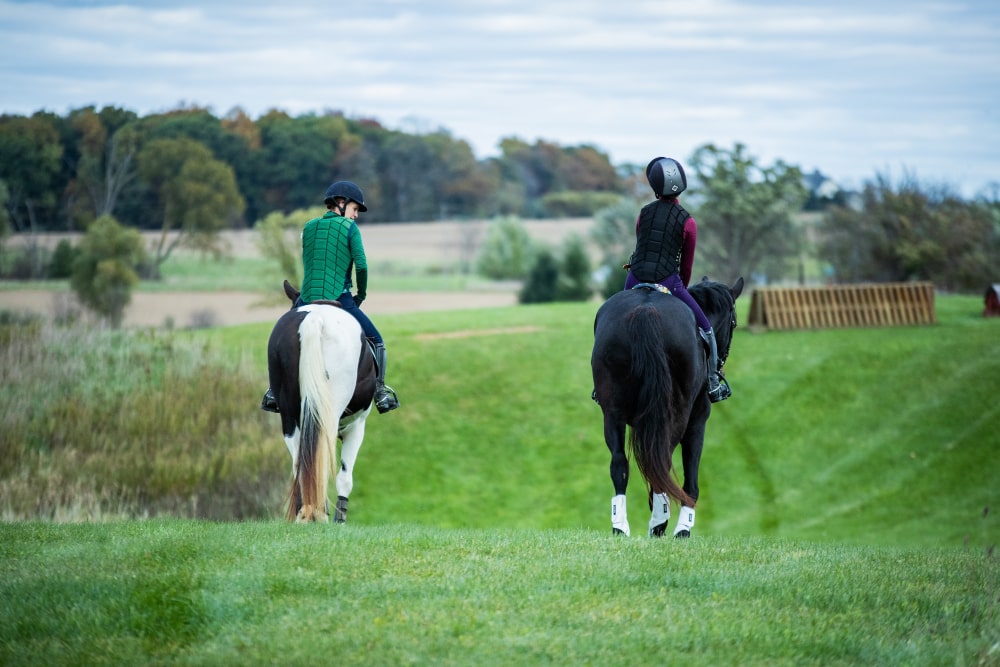
Why racking horses are popular ...
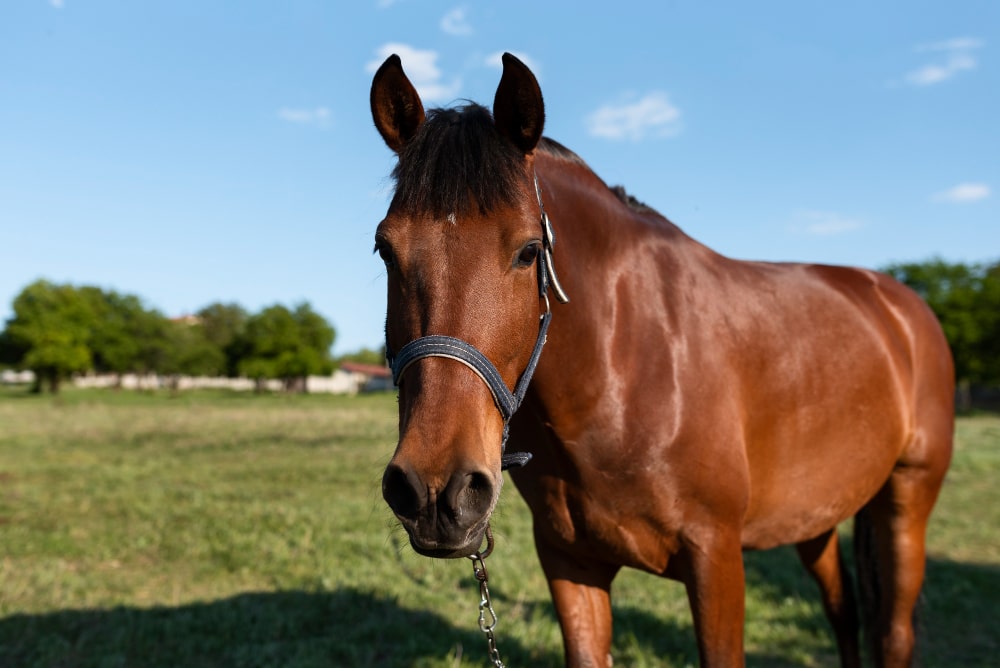
How To Keep Horses Off ...
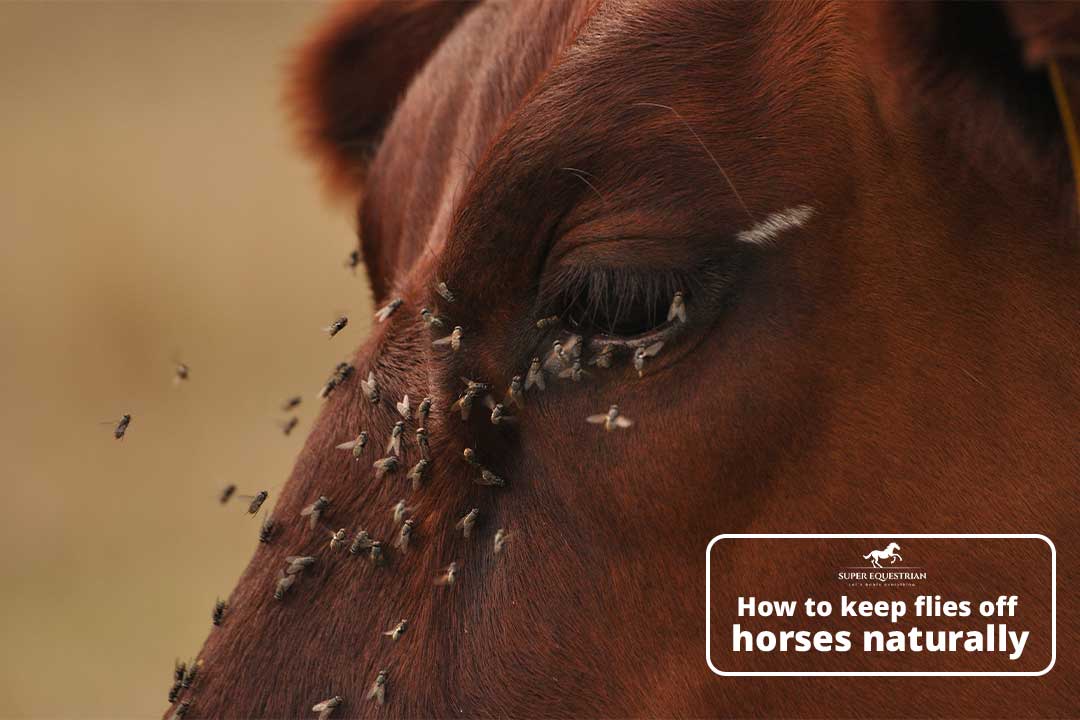
How to Keep Flies Off ...
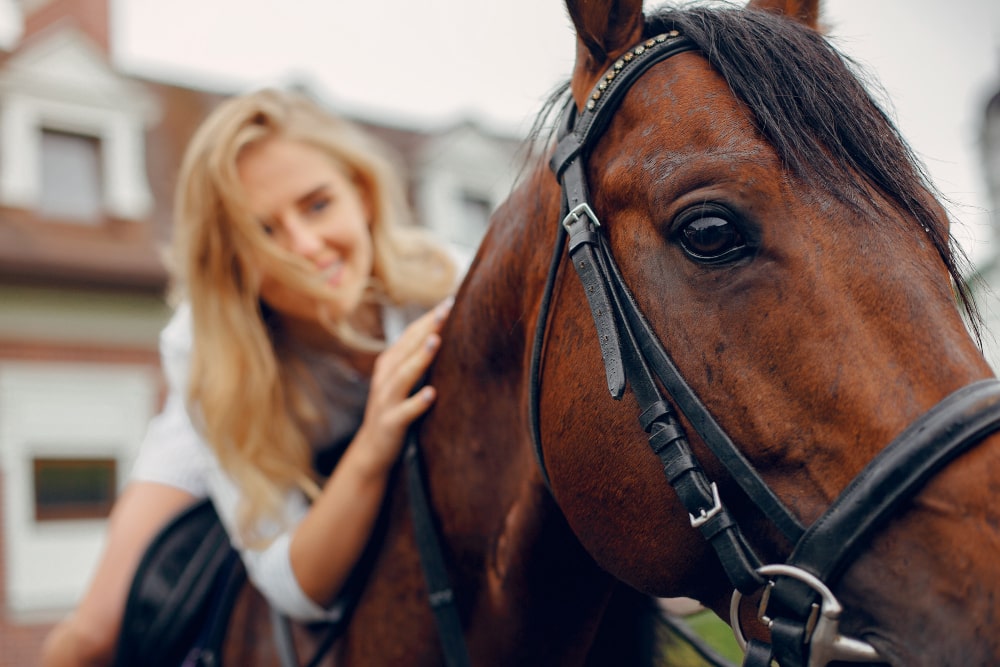
Pros and Cons Using A ...
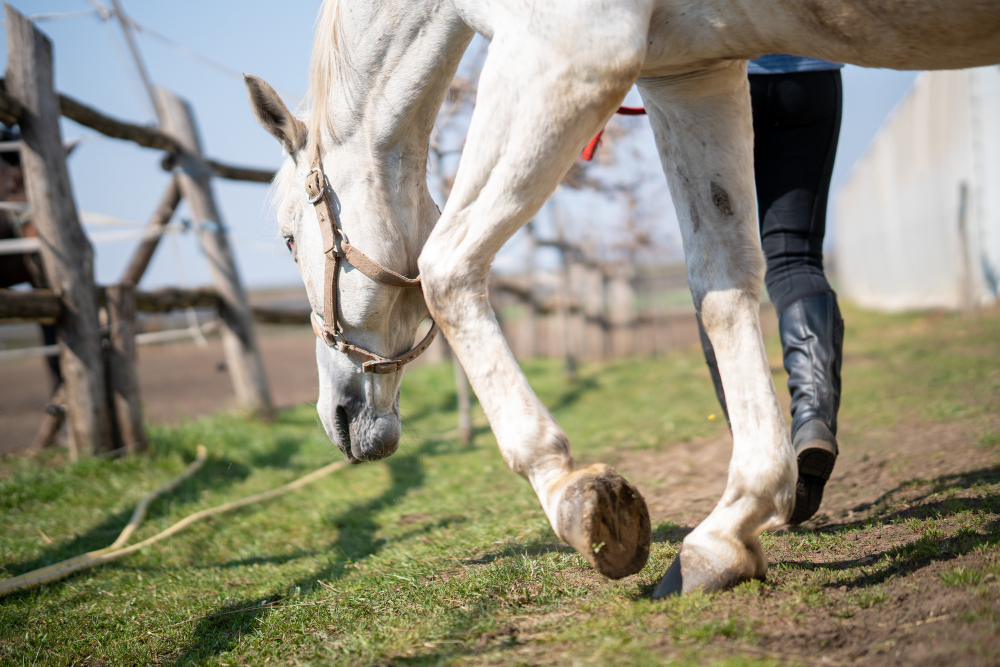
Can you ride a horse ...

Why are Corriente saddles so ...
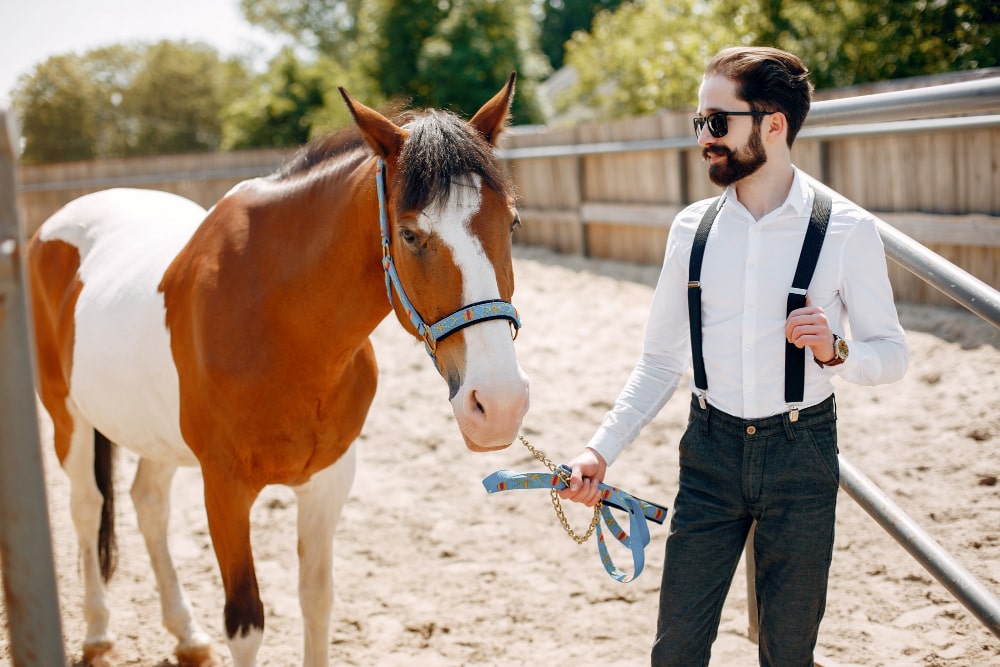
Pros and cons of equine ...
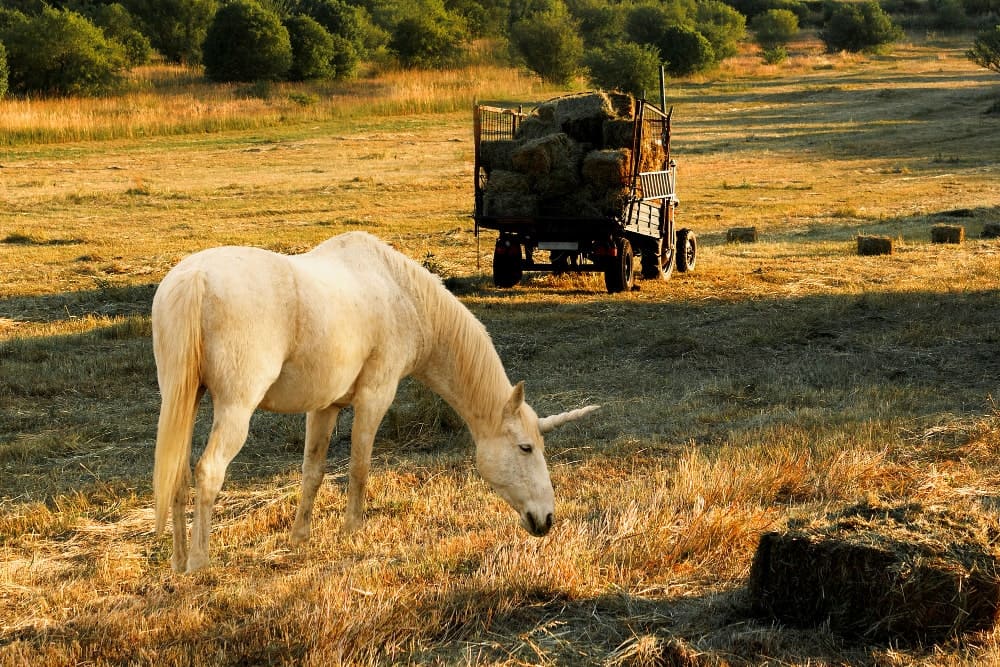
How Long After Mowing Can ...

How to Care for a ...
.jpg)
Why Do Horses Wear Blinders: ...
.jpg)
How to fit an exercise ...

Why is my horse bucking ...
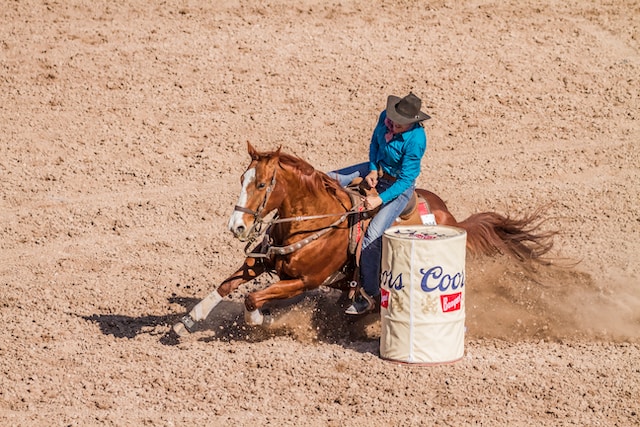
What causes a horse to ...
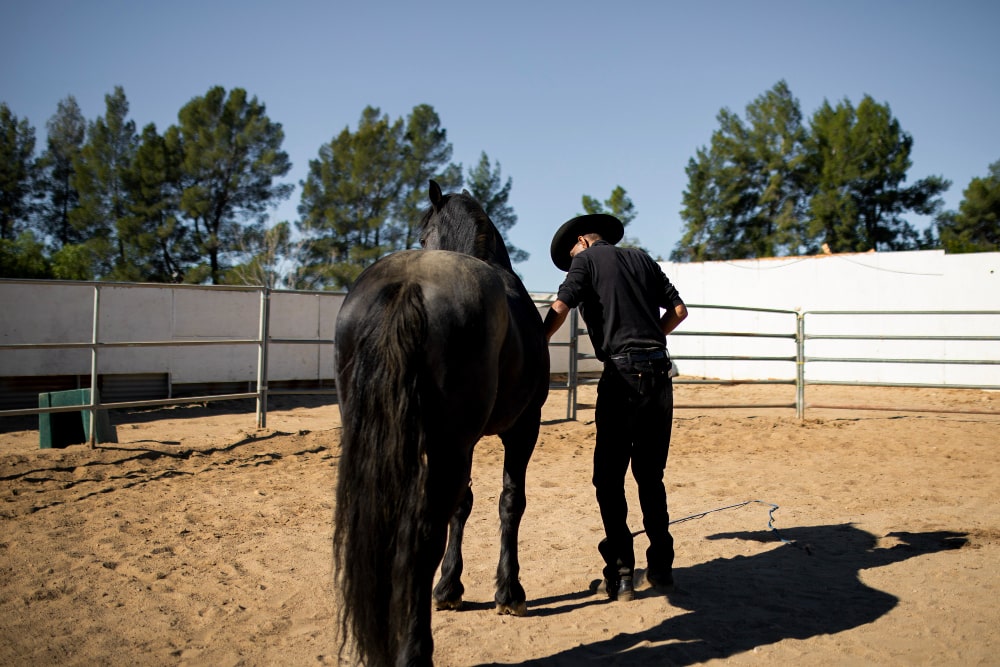
How to Stop a Horse ...
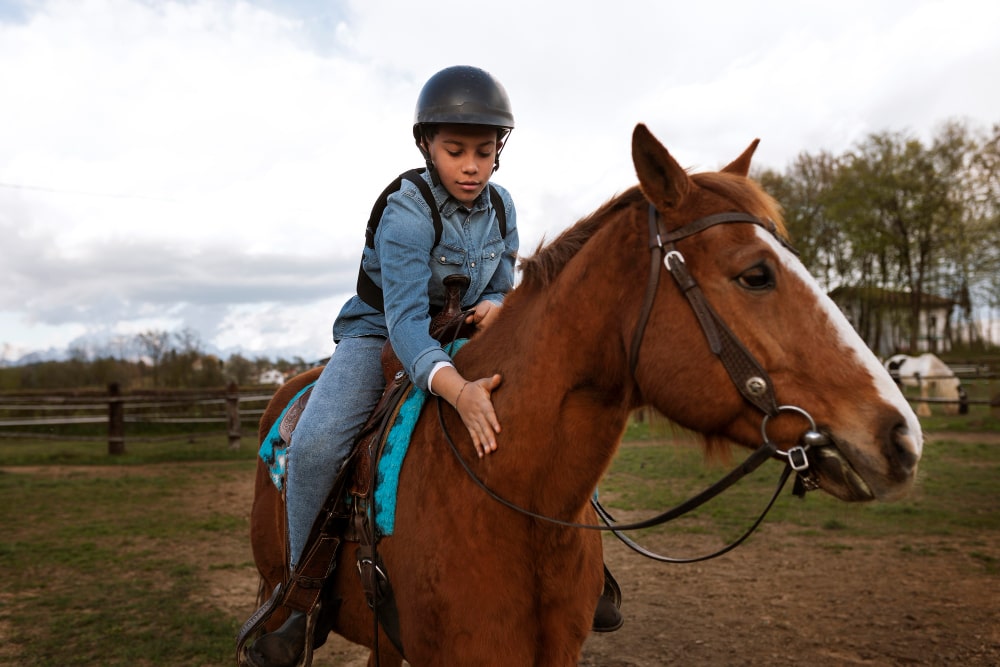
Why Is My Horse Bunny ...
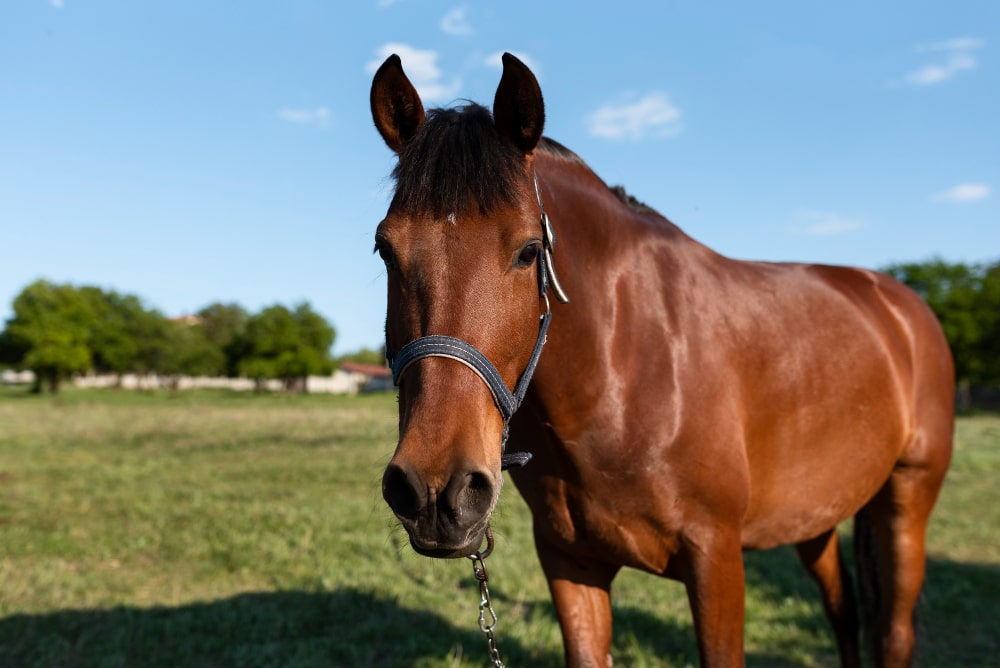
How To Improve Pasture For ...
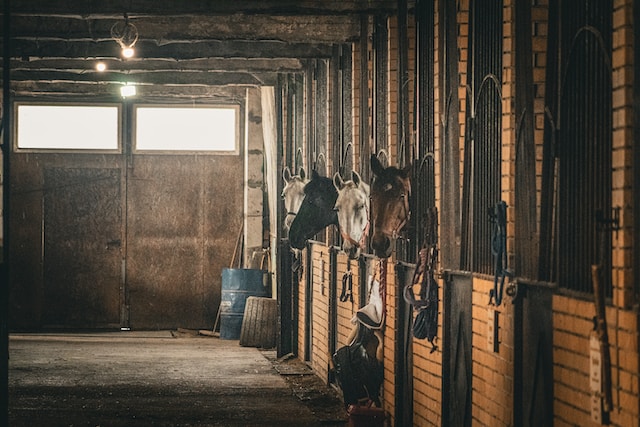
How to get the smell ...

Can you add ramp to ...

What Is The Temperament Of ...
.jpg)
Why Is Friesian Horse Hair ...
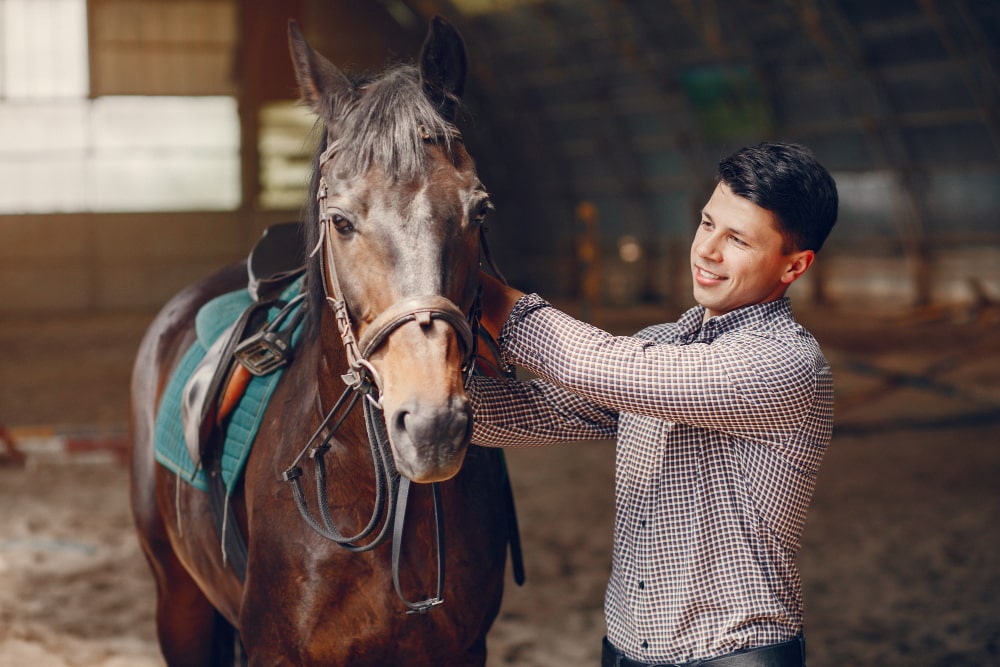
Why is my horse testing ...
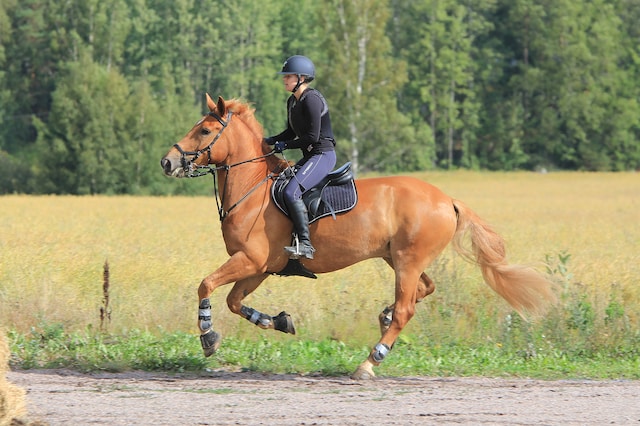
How often you should take ...
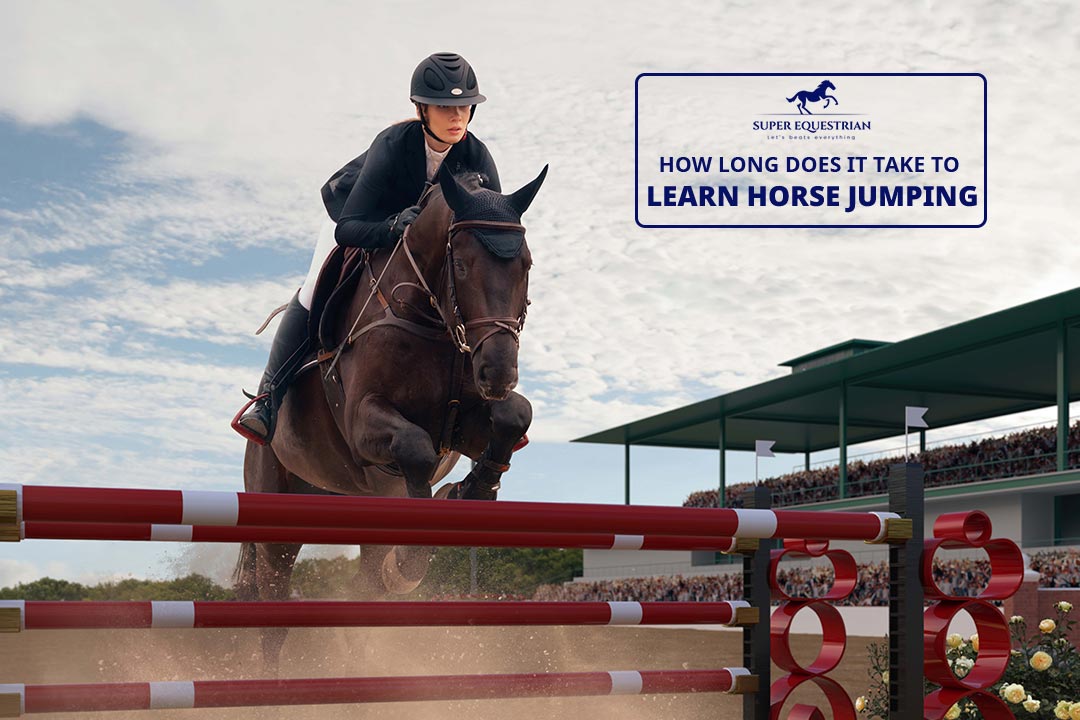
How long does it take ...
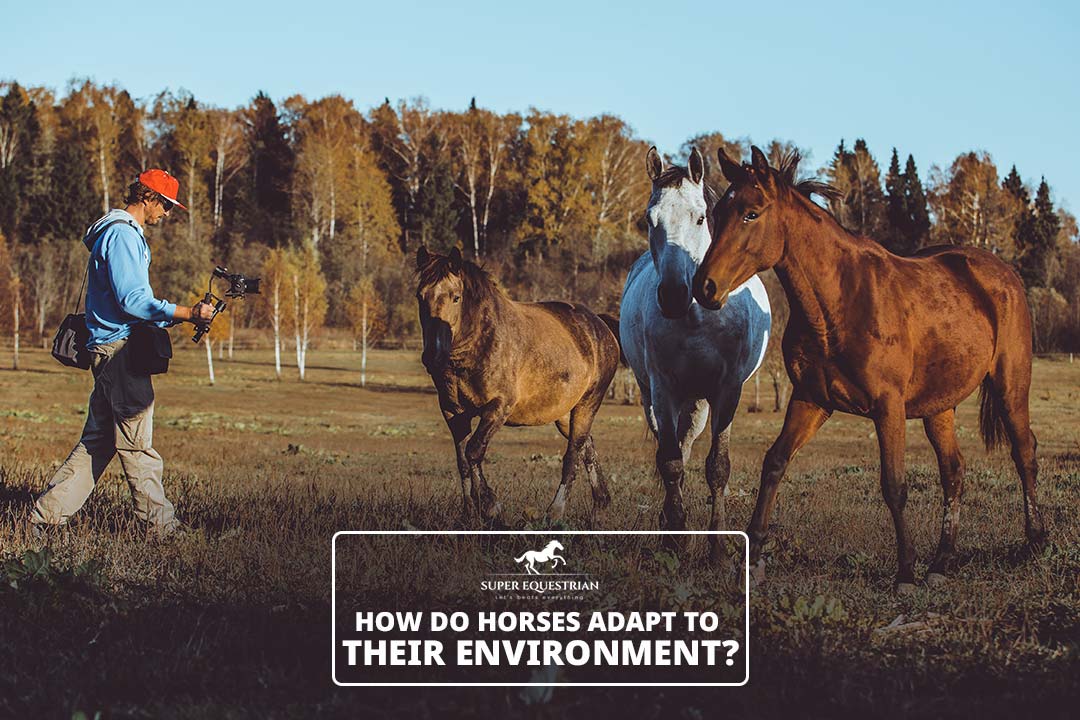
How do horses adapt to ...

How To Prepare For A ...
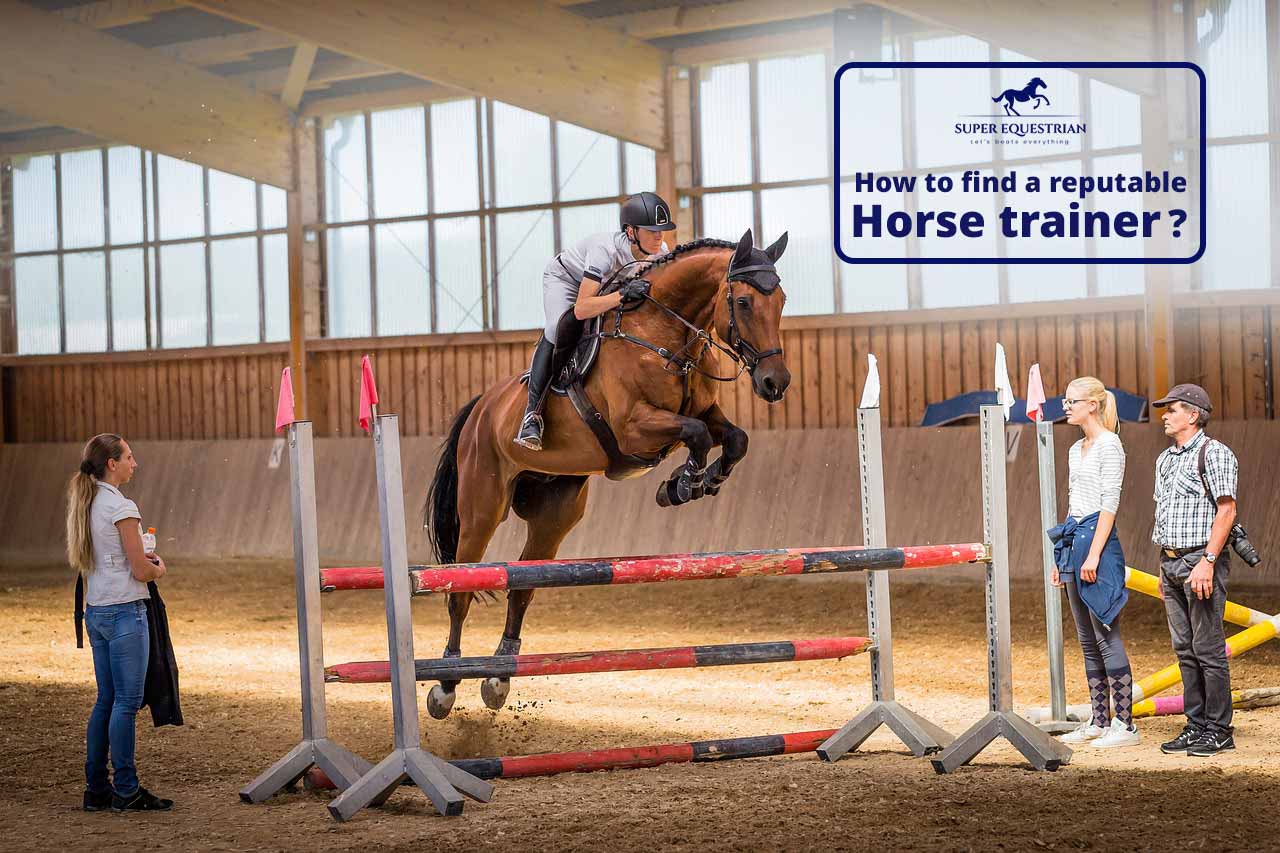
How To Find A Reputable ...
.jpg)
Do Horses Get Medals at ...

How to create a horse-...